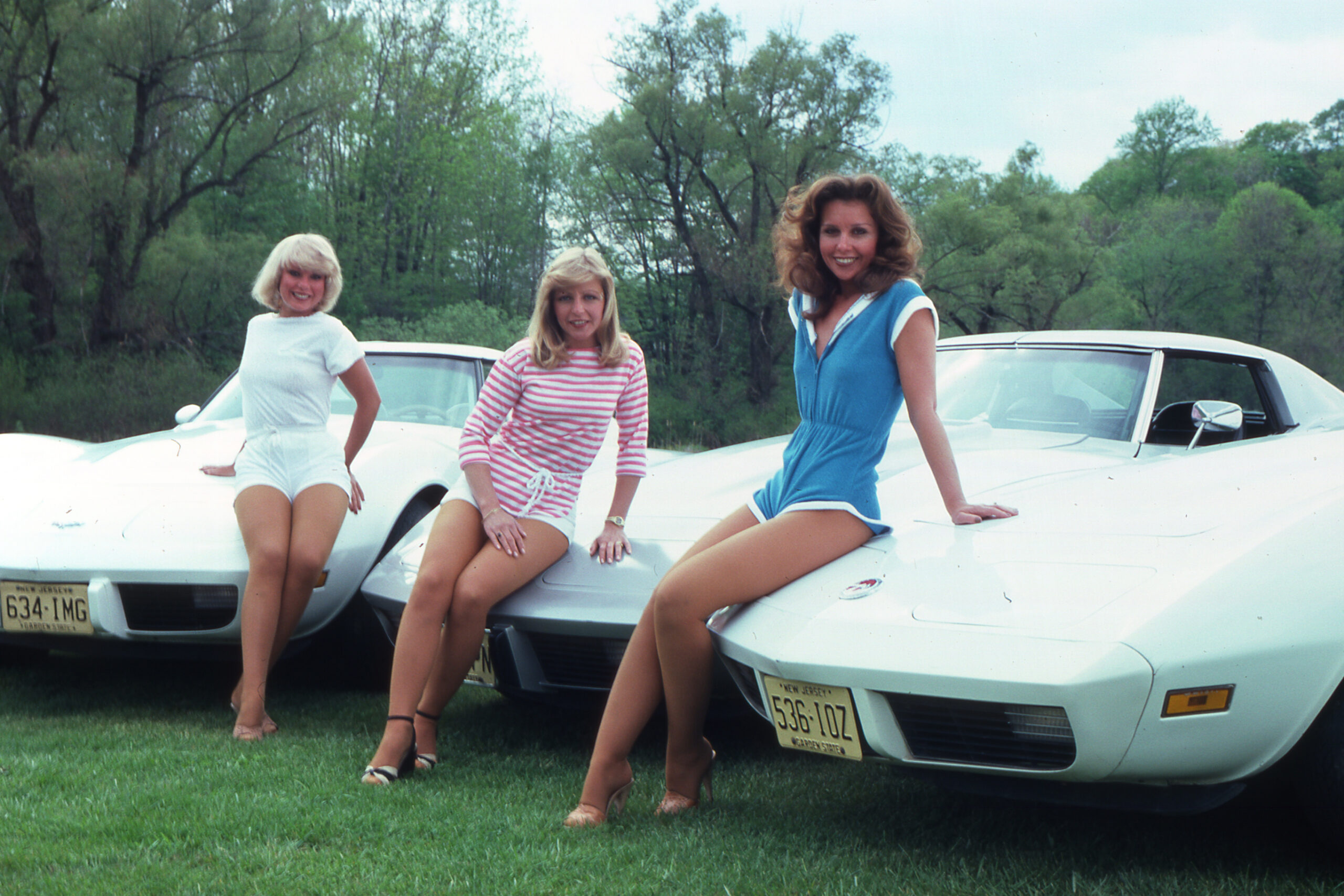Cars We Love & Who We Are #12
I admit it. Every time I watch “Field of Dreams” and Ray Kinsella‘s father walks across the diamond as a young man, I tear up.
As relationships between fathers and sons evolve over time, they display a dynamic tension exhibiting powerful forces simultaneously binding them and pulling them apart.
If pressed, a son will admit that even if the father has passed away years ago, the son continues to learn more about the father every day.
It is the very fortunate son who, in the present, experiences the lessons and appreciates their value during the arc of the father’s life.
The witness to such a story would be the 1937 Cord model 812 Phaeton acquired by father Joe Maletsky in 1961.
Vintage Cord binds father and son
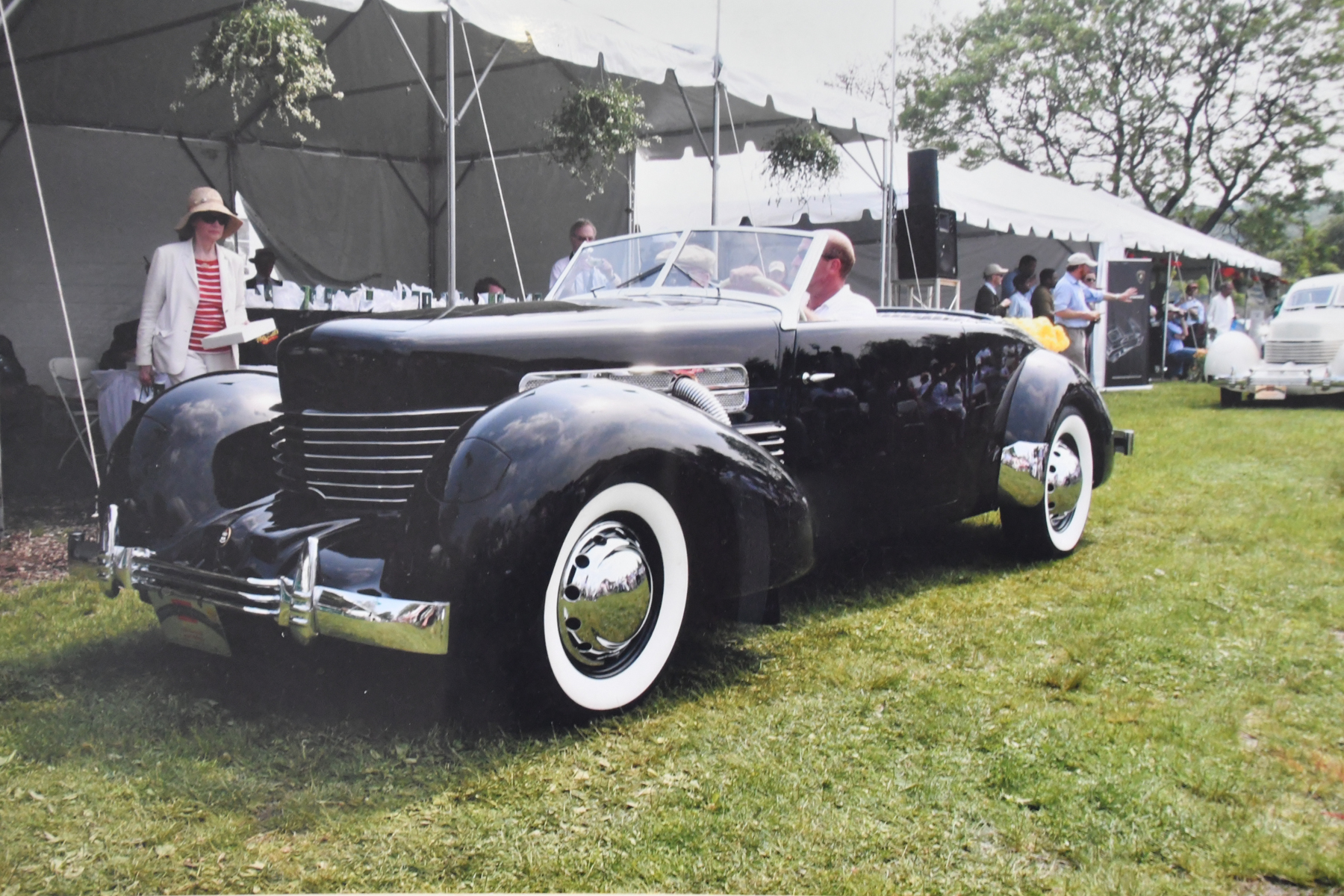
Joe Maletsky in his Cord at Greenwich Concours d’Elegance with Bryan Maletsky at the wheel
It was 1941. The older brother of Joe Maletsky’s best friend pulled up in front of Joe’s high school driving a Cord Phaeton (an open touring car). In that moment, 14-year old high school sophomore Joe Maletsky knew he would own a similar car one day.
Fast forward to 1961, the man renting Joe’s mother’s garage could not pay the back rent. He offered the used car housed in the garage to square the debt. Lucky for Joe, in 1961, a 1937 Cord Phaeton qualified as a used car. Joe, at last, would have the Cord of his dreams.
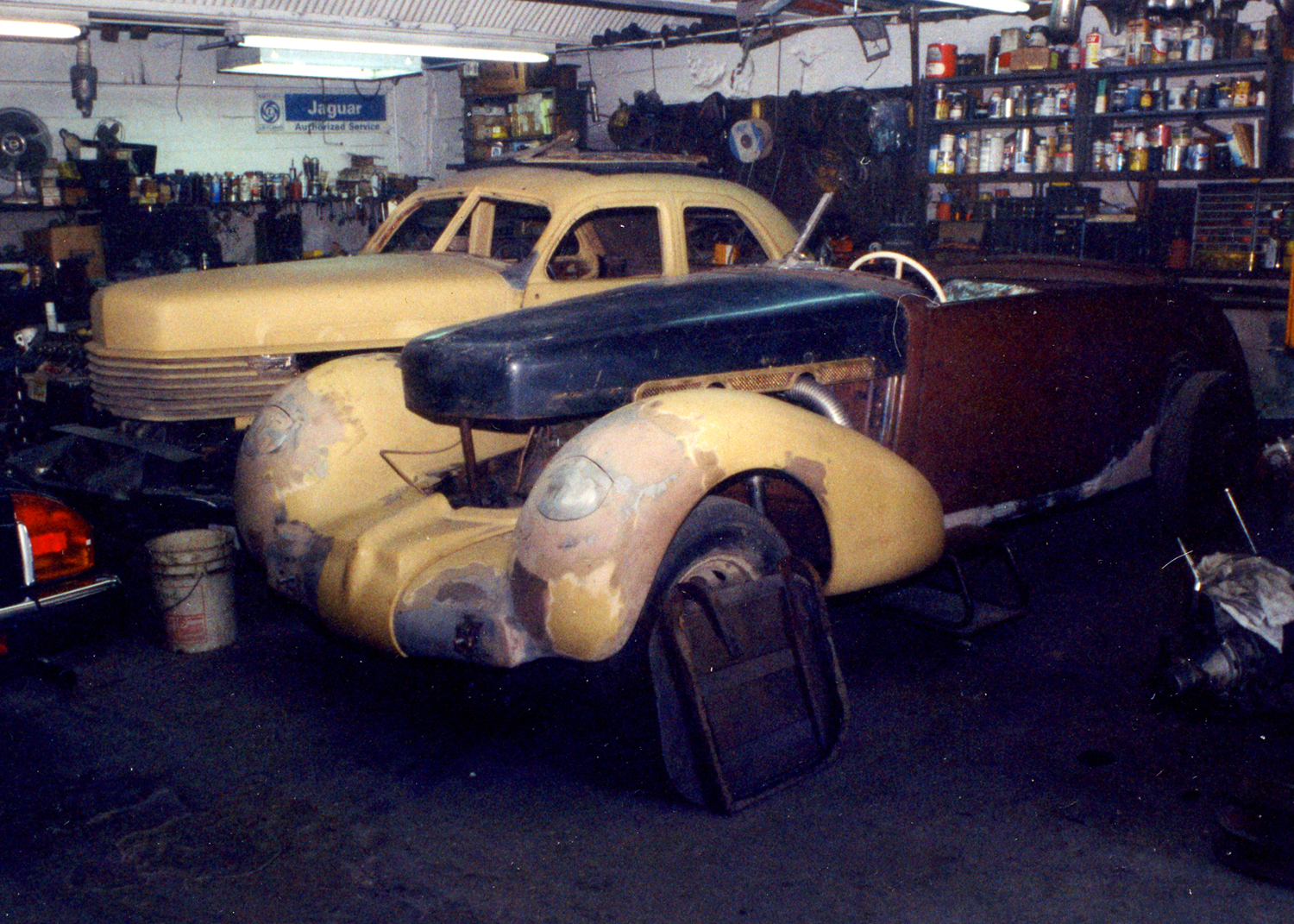
Cord moves to Motorcraft facility
“How do you make God laugh?” goes the saying. “Tell God your plans,” goes the punch line. With the demands of supporting a family, restoration of the Cord would have to wait.
Never permitted to suffer under a dusty layer of indiscriminately discarded house debris, the 1937 Cord remained untouched but not unloved while it sat for years in the garage of Joe’s mother. Bryan recalls playing in and around the model 812 Cord Phaeton as a young child and says, “Nothing was ever placed on the car. I can remember that even the tires were always inflated properly. It never had a flat.” Joe’s phaeton would patiently wait. And patient it would need to be.
The year, 1966, witnessed the Cord’s patience rewarded as the restoration began with Joe embarking on the car’s complete disassembly. However, over the next decade progress on the Cord again lost out to the demands of raising a family and making a living.
Joe Maletsky’s three sons Paul, Ken and Bryan all inherited the Maletsky gene that carried a passion for performance automobiles accompanied by the skills to build them. However, the boy’s tastes initially did not include landmark classic cars of the 1930s. Bryan says, “My brothers and I were too much into the race cars, street cars and fast cars.” Bryan does acknowledge always having a respect for the car, but never really taking too much of an interest as a youth. With a self-deprecating smirk Bryan says, “We couldn’t do burnouts with a 1937 Cord.”
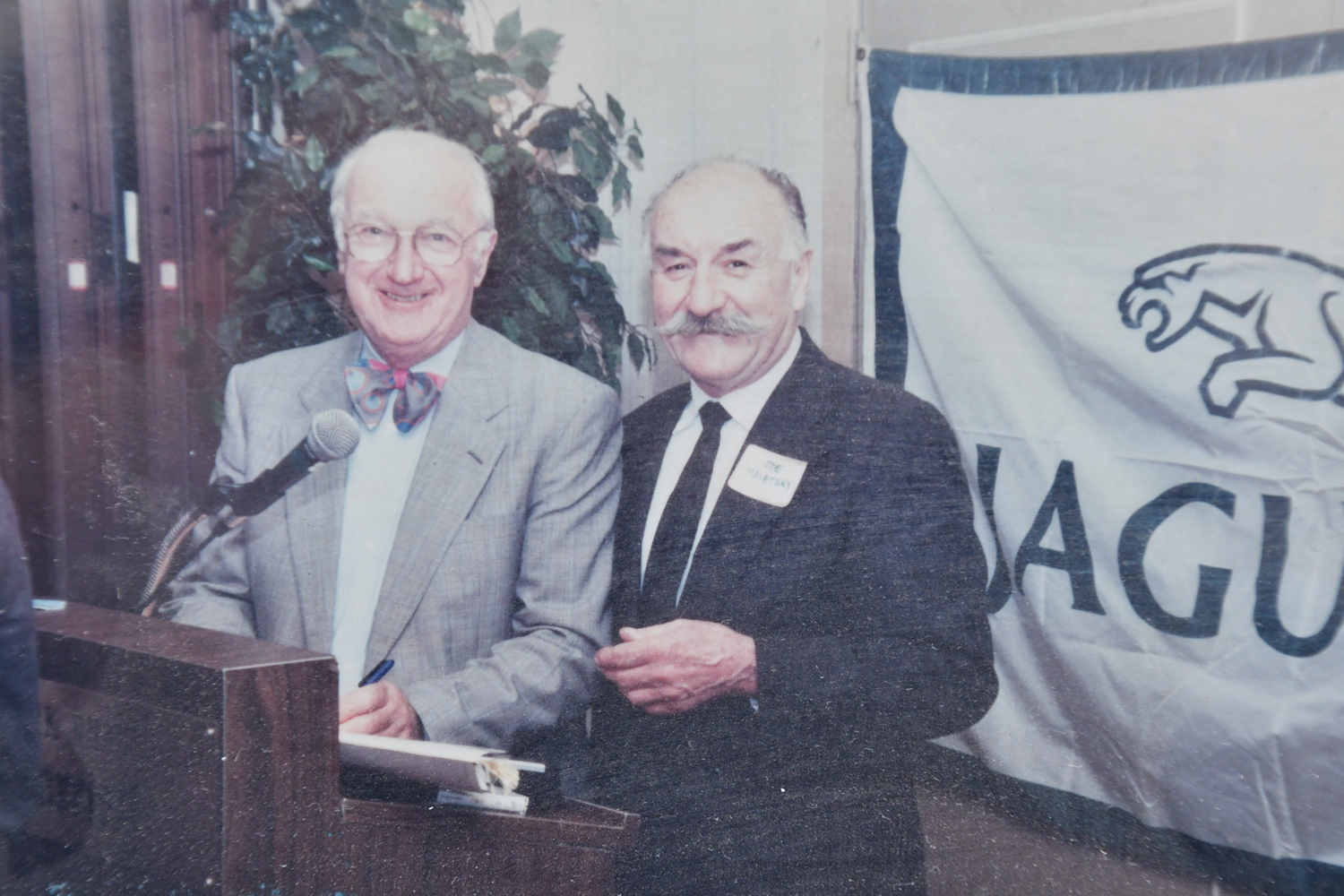
Racing legend Bryan Lister and Joe Maletsky at Jaguar Annual Meeting
In 1972 having been bitten badly by the vintage Jaguar bug Joe along with his sons opened Motorcraft, Ltd. Bryan, while continuing to attend high school, joined Joe in the family business. Together father and sons would build a nationally–respected Jaguar restoration shop.
Bryan, now a seasoned restoration specialist at Motorcraft whose work includes 100-point JCNA judged Jaguars, leaves no doubt as to the value of time shared with Joe.
A marine serving in WWII and schooled at the Teterboro School of Aeronautics, Joe approached every job with the same disciplined perspective required in rebuilding a plane to be airworthy. His machining and metallurgy skills were off the chart.
While the Cord moved from Mom’s garage to Motorcraft in the 1980s it did not move closer to completion. In the 1990s despite the continued heavy workload at Motorcraft Joe turned his attention to rewarding the Cord’s patience and moved ahead. Bryan says, “It needed a total restoration. Full mechanical, brakes, exhaust, engine, transmission.” Joe, like a seasoned athlete, stood at the top of his game and the top of his game would be required to bring the Cord to life.
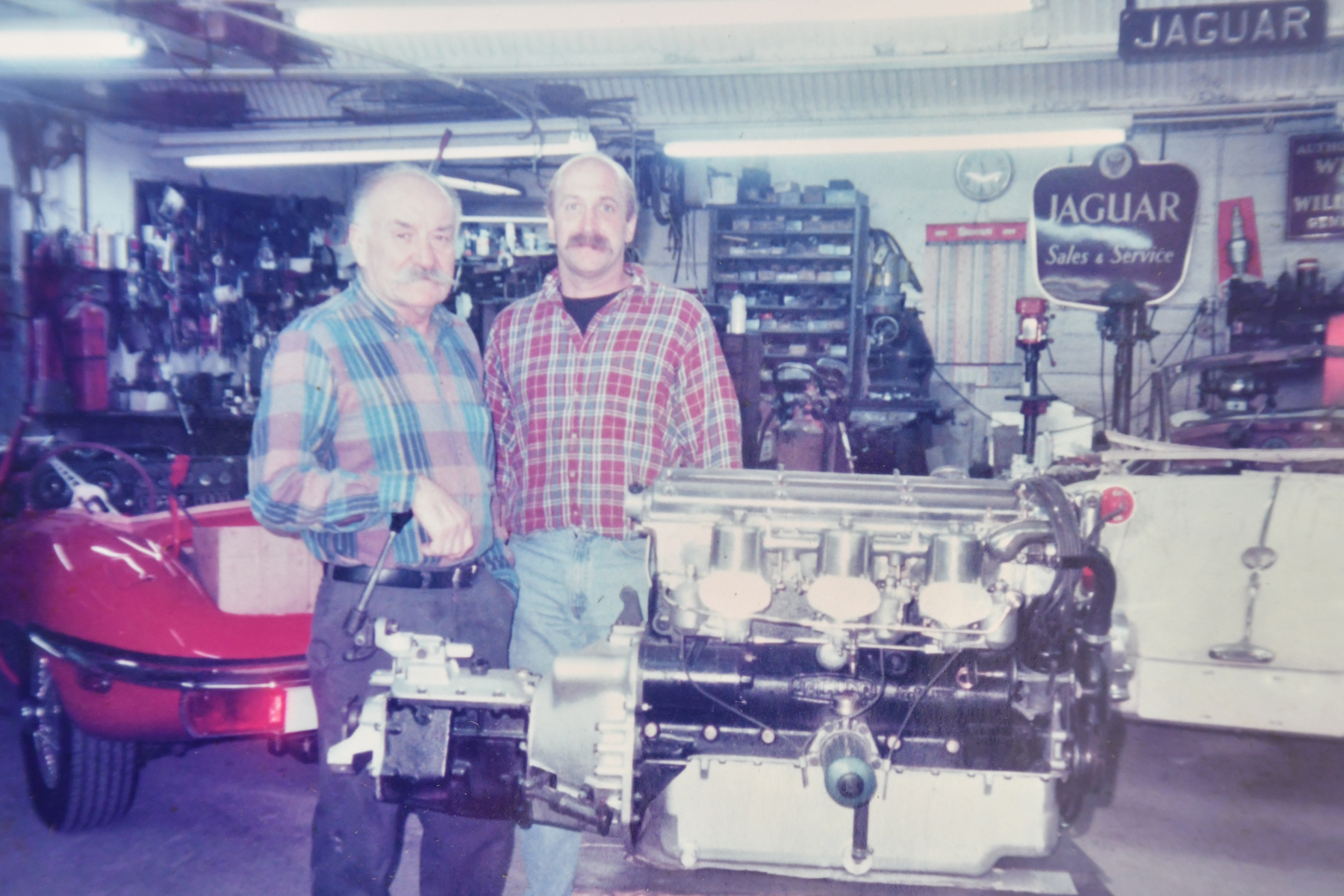
Joe and Bryan
Joe’s expertise and “can do” attitude equipped him to view no problem as insurmountable. Faced with a challenge he would machine the part or machine the tool needed to make the part. Bryan says, “Nothing a car required was beyond reason to my father. He would say there’s nothing that can’t be done. One thing or another may take a little more time but it can be done.” Bryan leaves no doubt that he learned a great deal about machining and welding looking over his father’s shoulder. Regardless of the challenge, Joe would take it on and he would just stay at it until he got it right.
As a master welder few surpassed Joe. Bryan says, “He taught me how to heat metals up properly so you could start welding without causing damage. How to gently cool the metal at a very slow rate to prevent them from becoming distorted or brittle.”
To recreate a modification performed in the 1930s. Joe wanted to transform his Cord from a standard model to the iconic look of the exposed exhaust pipe design. He created all of the patterns and hand formed the grills where the exhaust pipes exited the body as well as the supercharged exhaust manifolds.
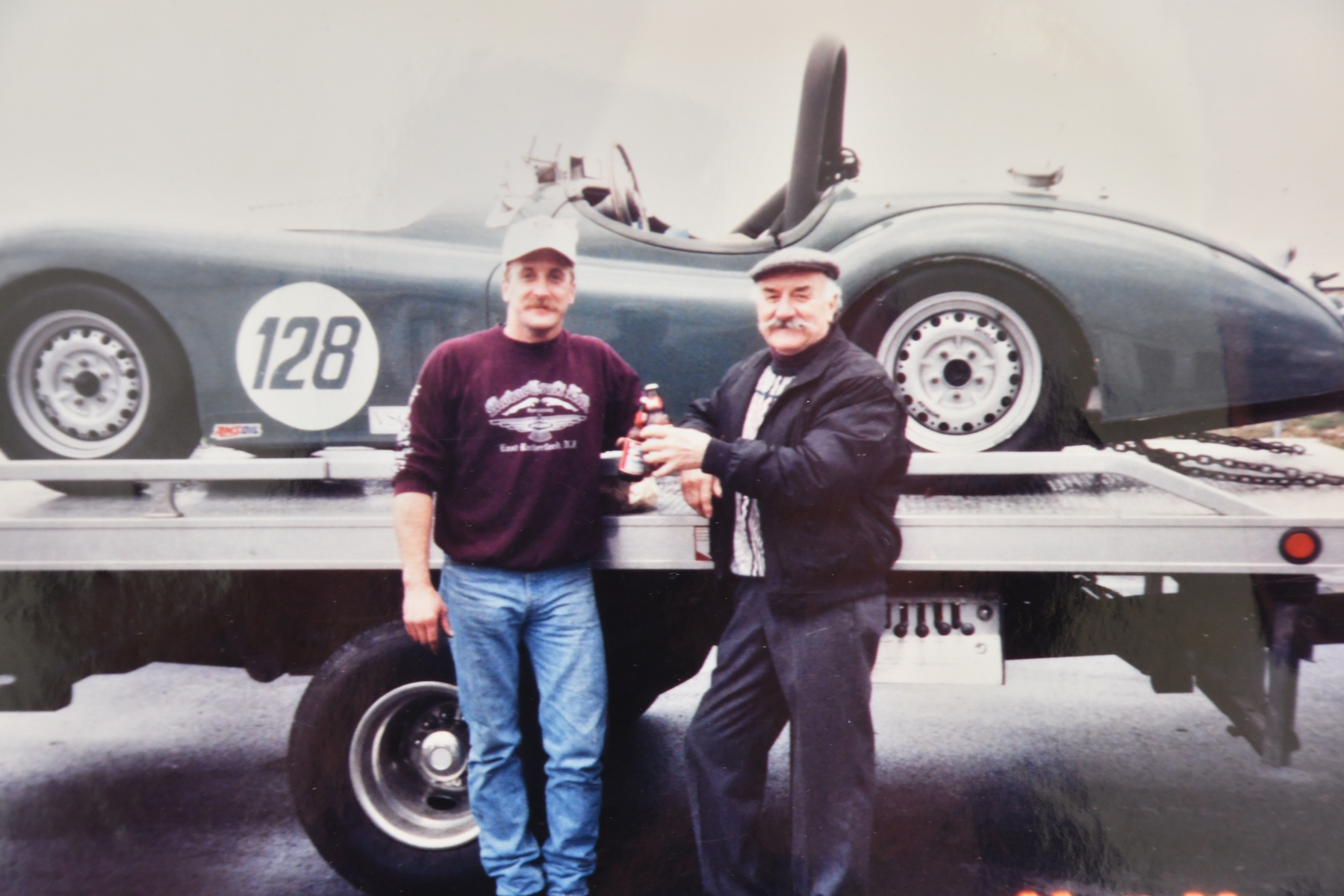
Bryan and Joe with Bryan’s vintage racing XK120
Cords front wheel drive design suffered from serious weaknesses in the CV joints.
To address that Joe re-machined and adapted the far superior half shafts from the front–wheel drive Oldsmobile Toronado to his Cord.
By the mid 1990’s Joe had the Cord’s bodywork completed. It went out for paint.
Three years later, by the late 1990’s the body had come back ready for assembly. During this period Joe and Bryan labored during “working hours” on the considerable amount of Jaguar mechanical and restoration work that came to Motorcraft. Available nights and weekends would find Joe focused on the Cord.
As the first decade of the new century progressed the Cord slowly, very slowly approached completion. During that time Joe began to make comments about how he wanted to be alive to see this glorious restoration that had spanned two centuries completed.

Father and son agreed to the need for a finish line. All agreed that Joe’s Cord would show at the 2008 Greenwich Concours d’Elegance.
Motorcraft Ltd. shut its doors to all business for a month. Then as if witnessing the explosive kick of a great runner nearing the finish line, father and son, as one, poured their hearts into making the Cord ready and perfect for Greenwich.
No longer master and intern but in the culminating act of a life of teacher and student Joe and Bryan, shoulder to shoulder, focused the power of two masters on resurrecting the car of young Joe Maletsky’s boyhood dreams.
June 2008 arrived and with it the prestigious Greenwich Concours d’Elegance.
Brilliantly black with the handcrafted brightwork gleaming in the sun, Joe Maletsky’s Cord Model 812 Phaeton took “Best Innovation” 1930’s Class.
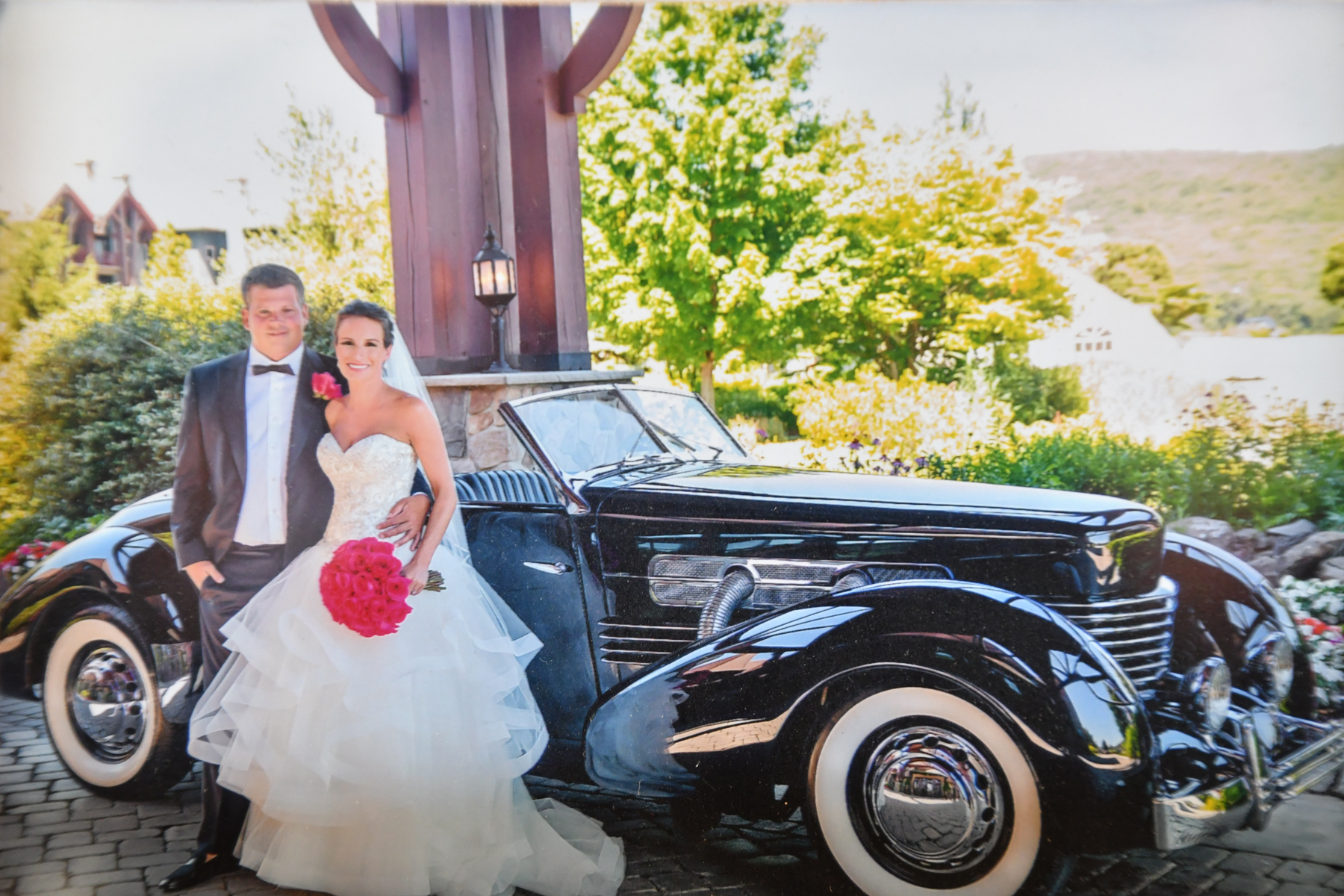
Joe Maletsky’s granddaughter Allyson Maletsky Slaman wedding photo, 2018



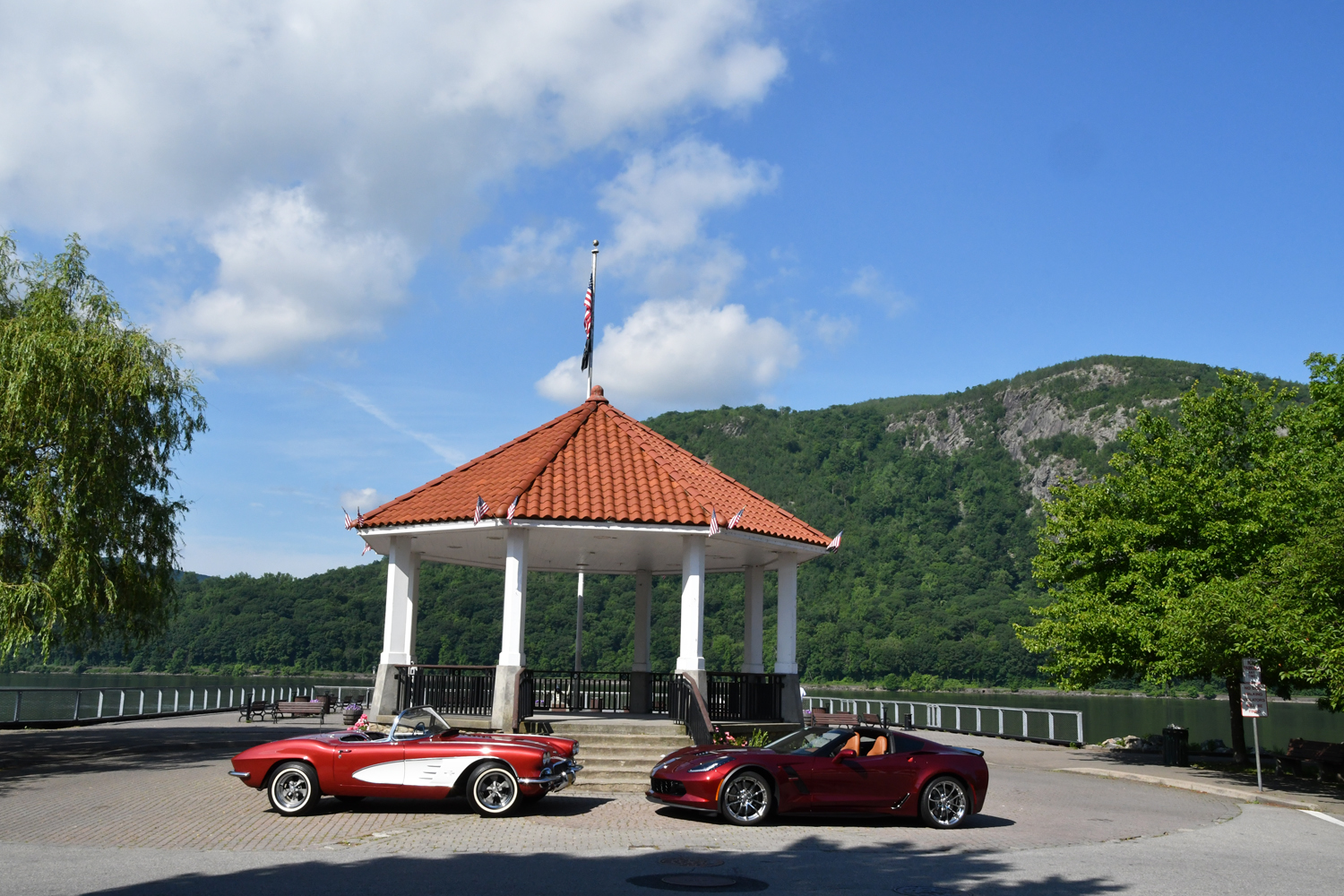

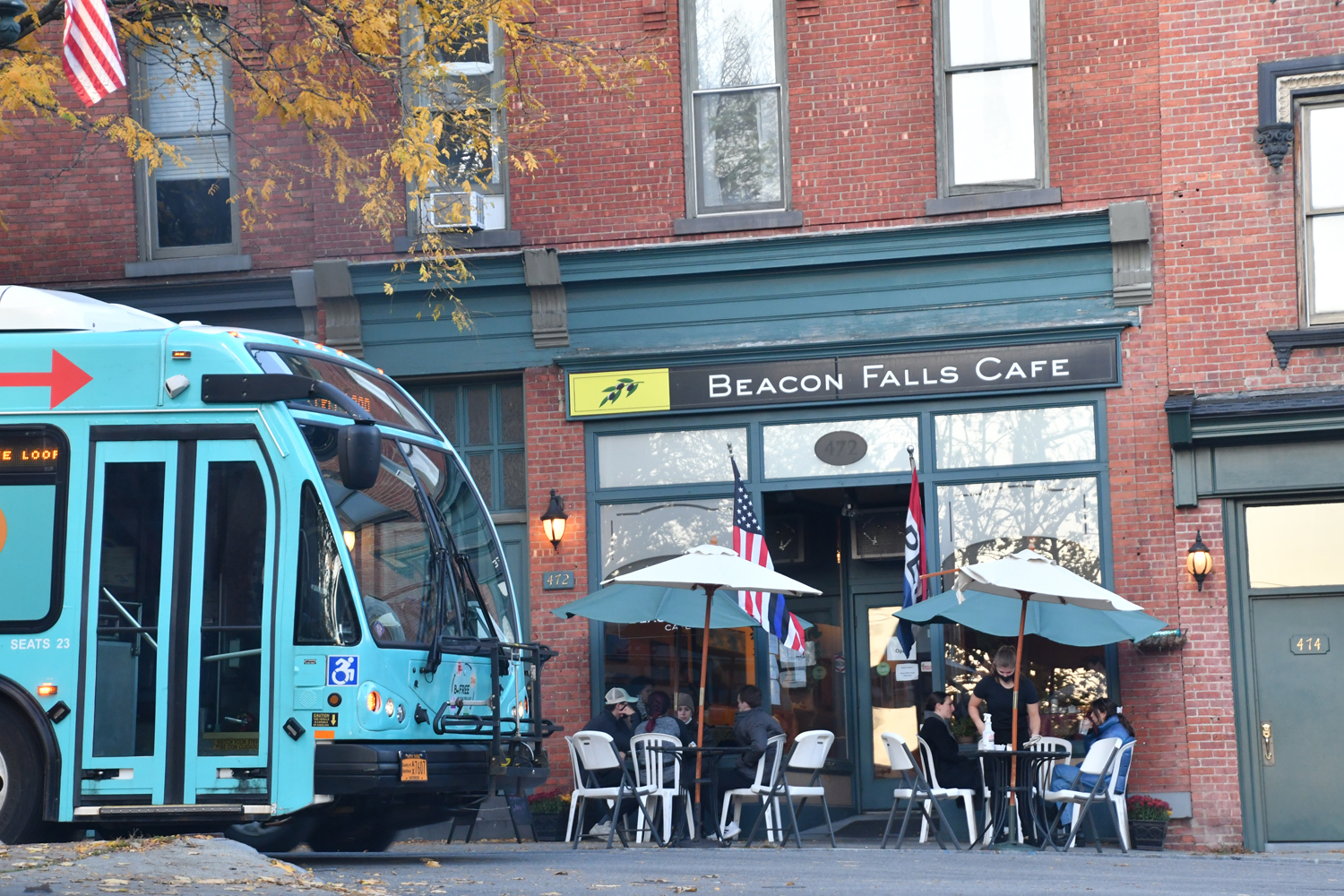
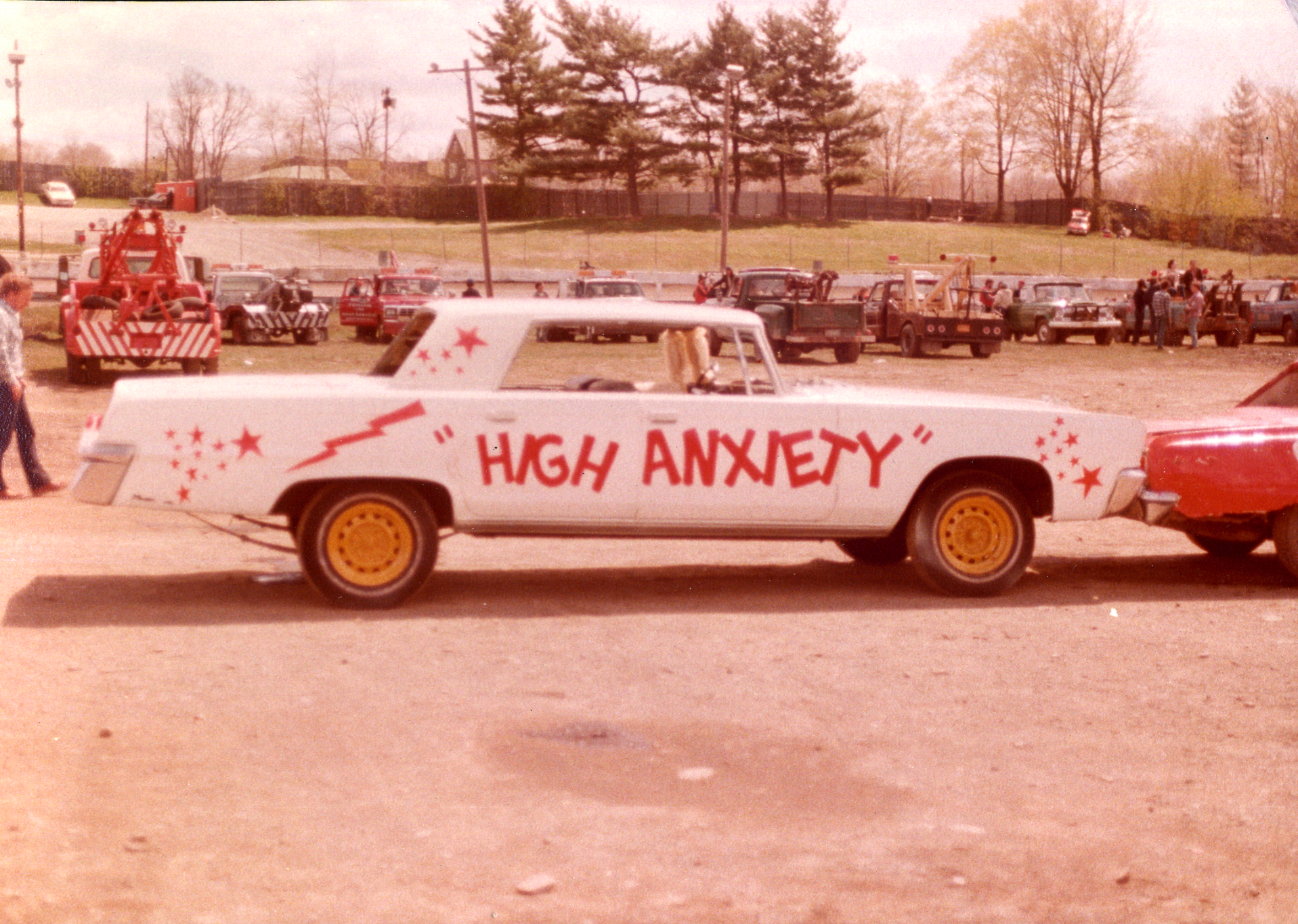

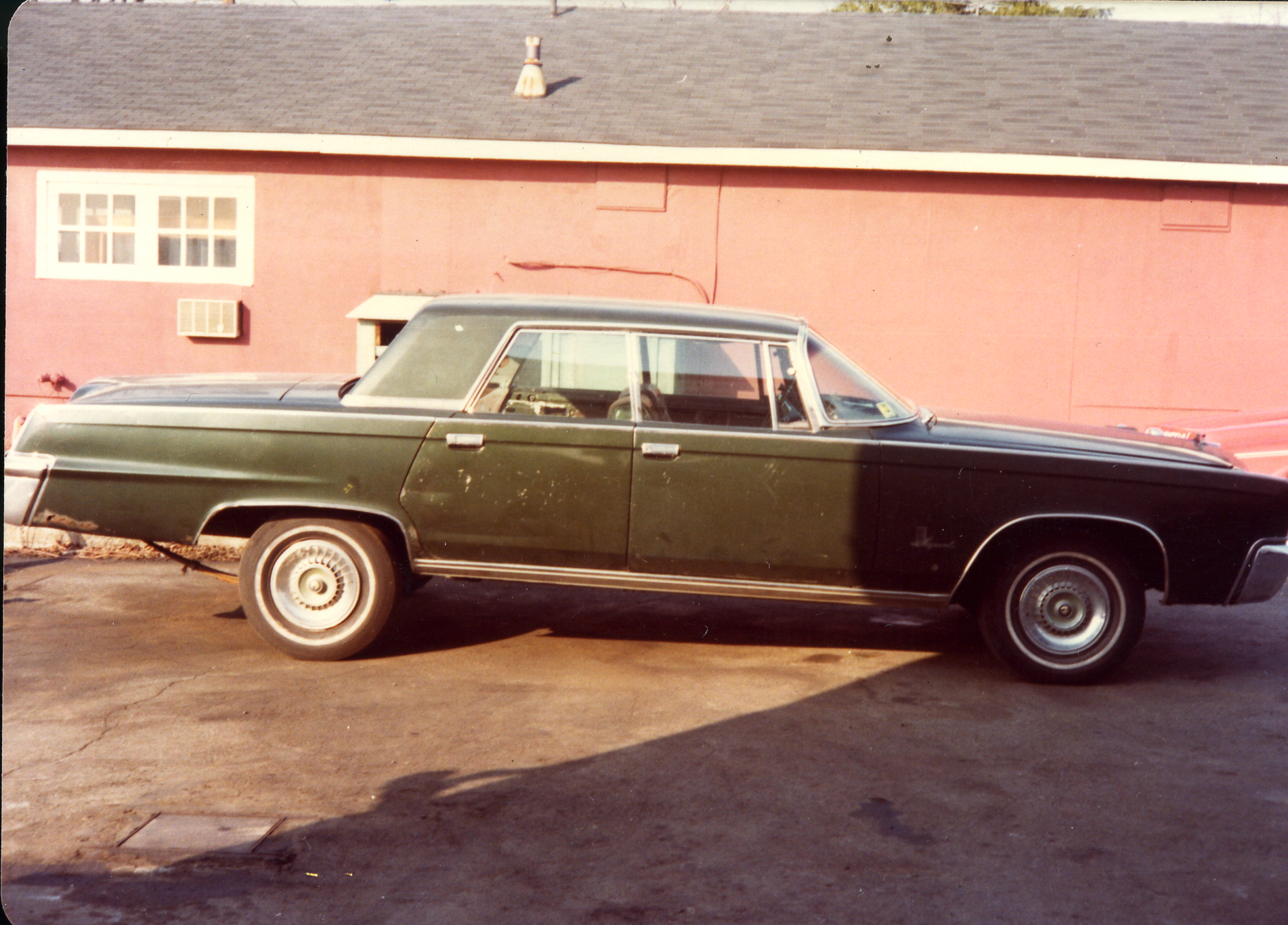
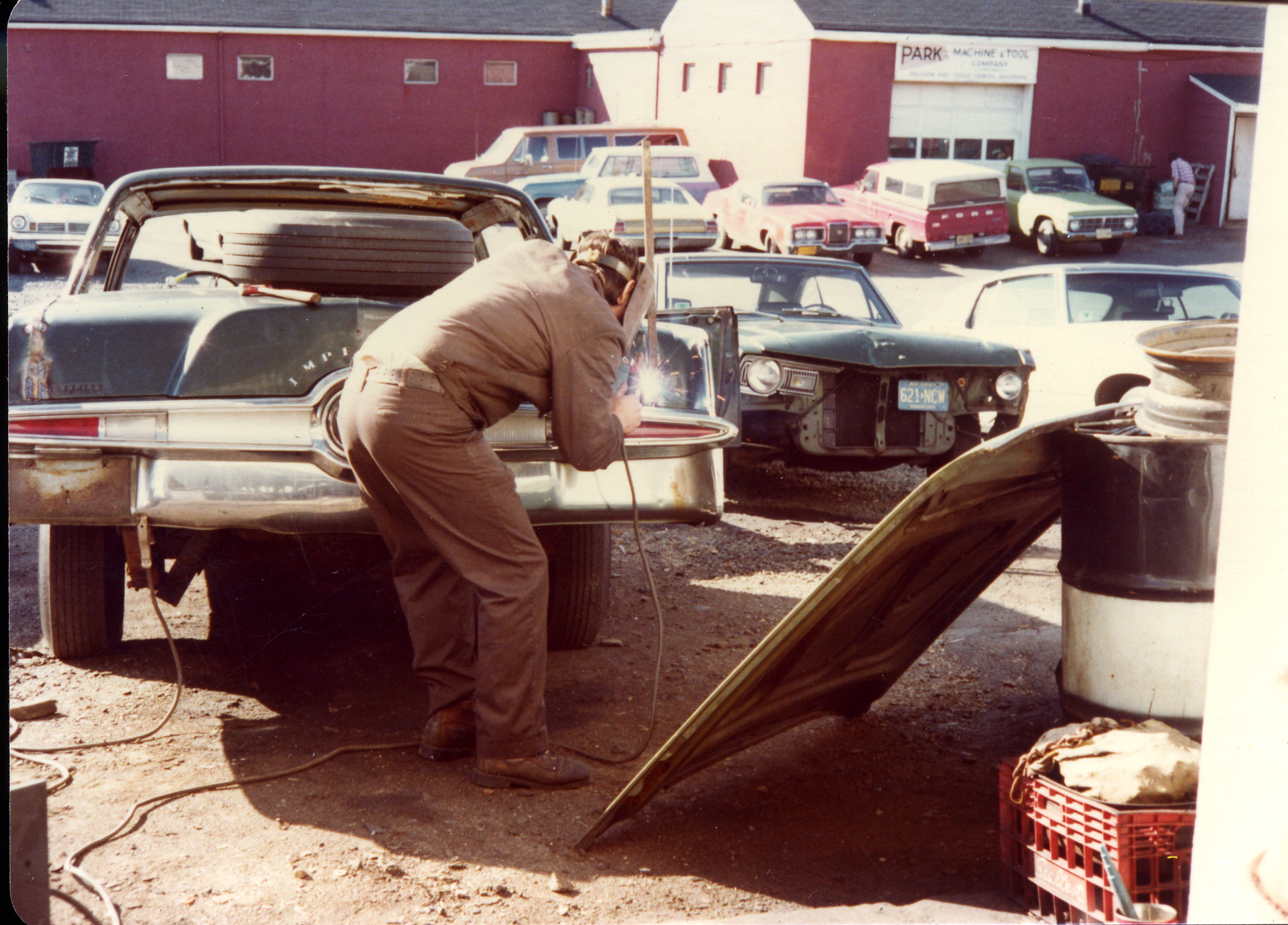
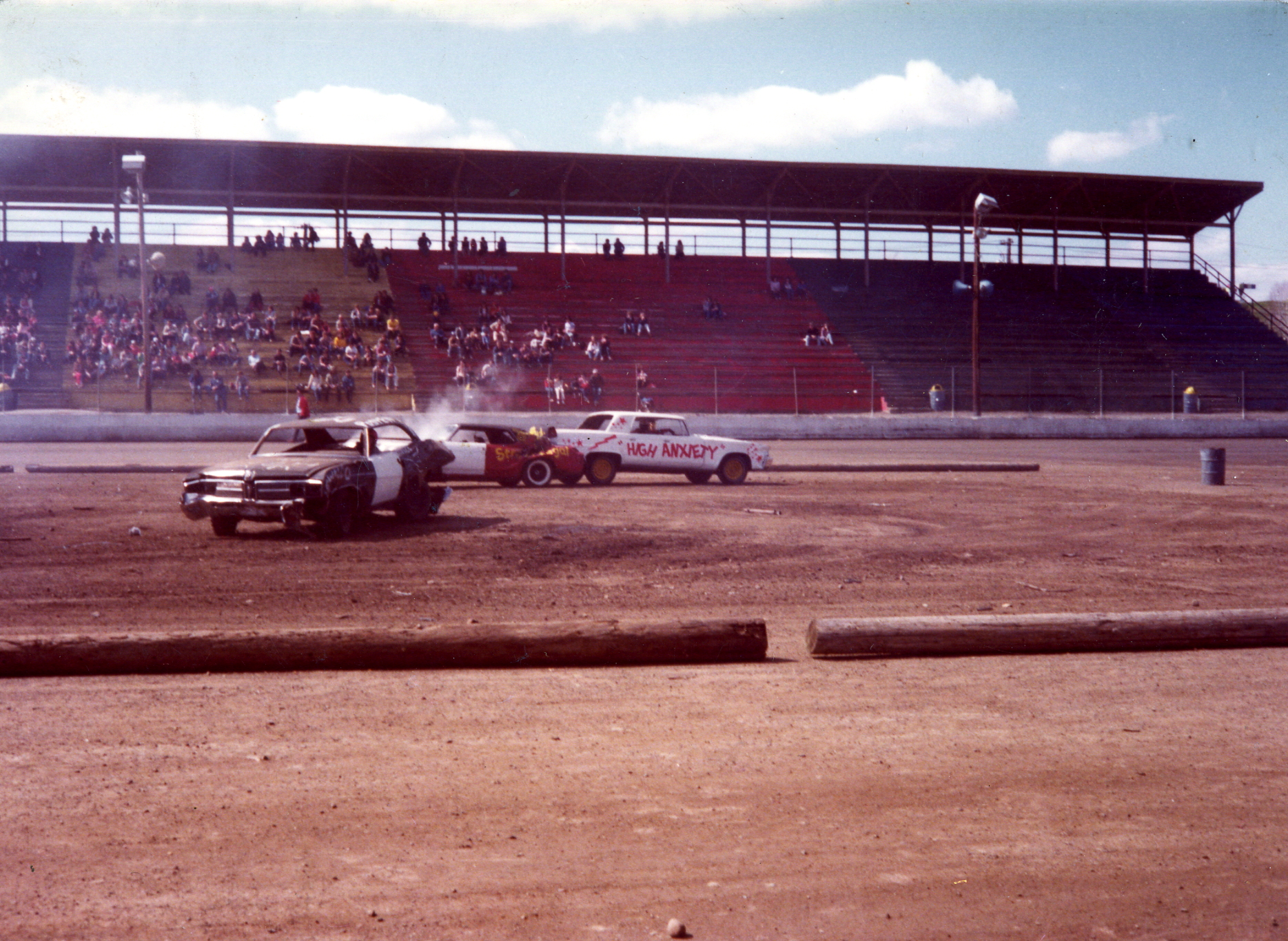
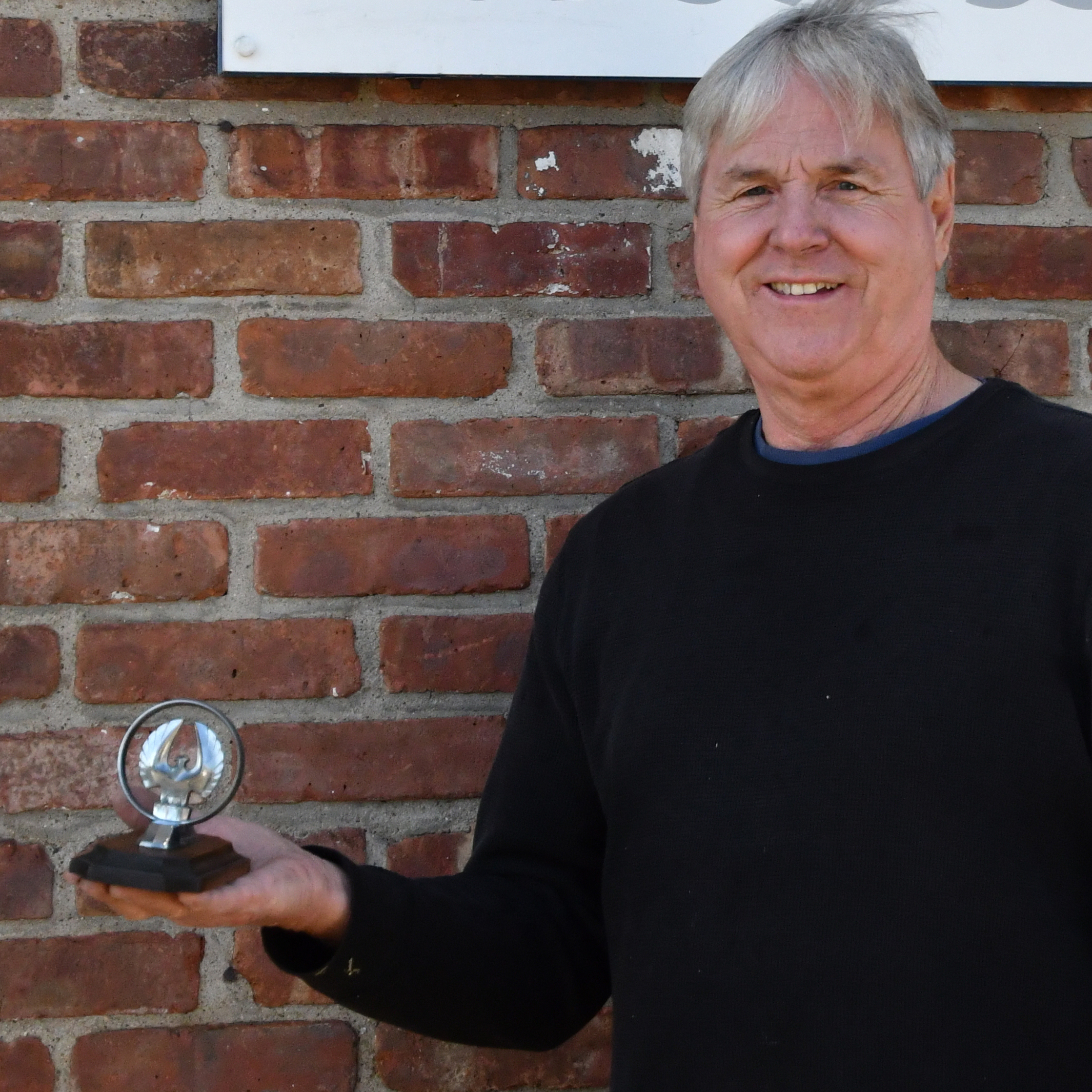
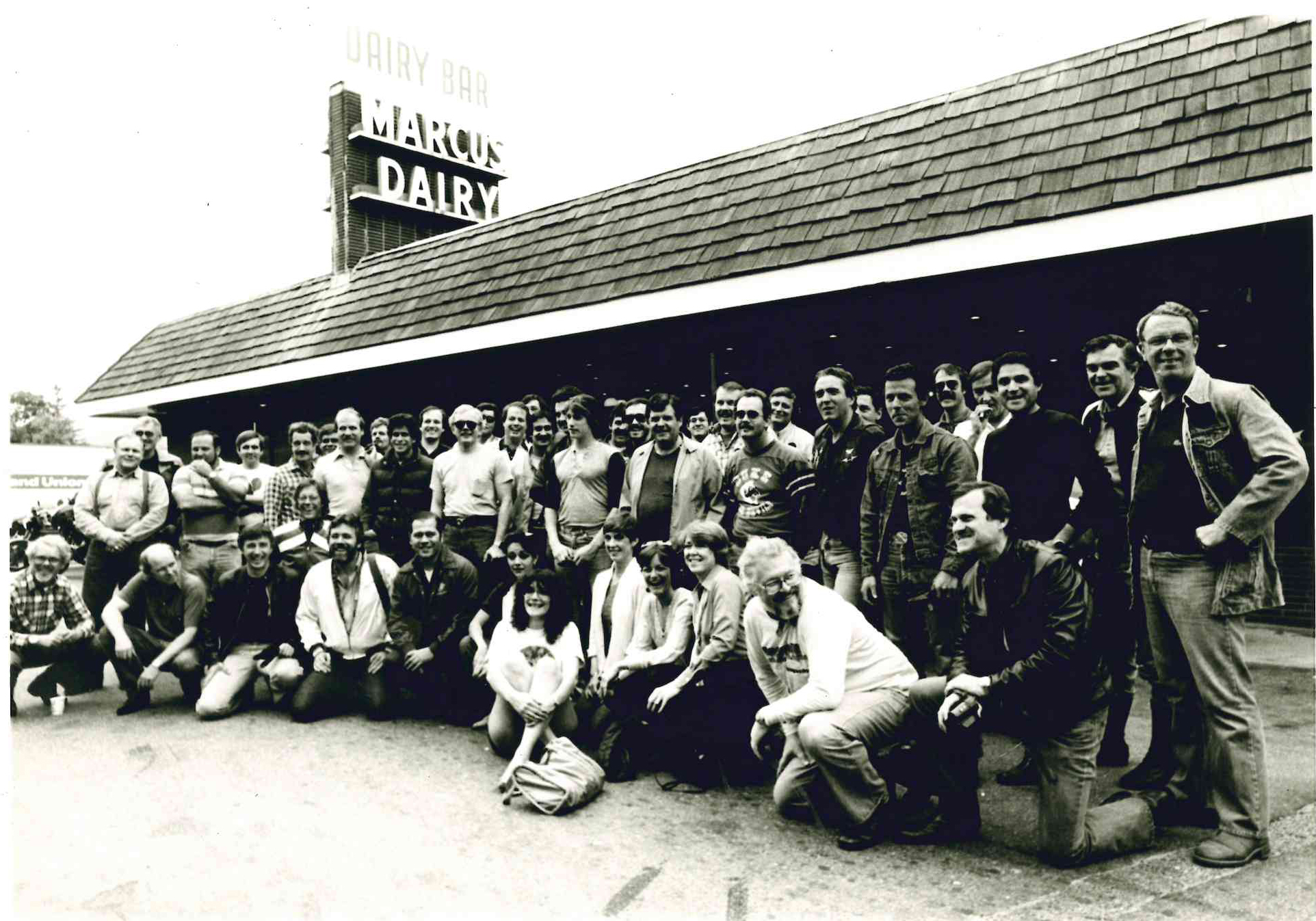
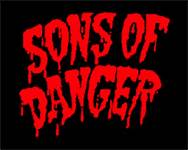 f Danger” as a group could only have been born in the halcyon days of the later 20th century when automobile accounts pumped excitement and money into advertising agencies and magazines. Populated with automobile and motorcycle racing champions, automotive industry leaders, creative minds from advertising and publishing and gifted free spirits, the “Sons of Danger” roster boasted a selective coast to coast who’s who of fun loving motorheads. Those who belonged included cultural icons such as Malcolm Forbes; Paul Newman; Olympian Bart Conner; writers Brock Yates, P. J. O’Rourke and David E. Davis; champion drivers Dan Gurney, Kenny Bernstein, Don Garlits, Tom Sneva, Sam Hanks and Steve “Yogi” Behr; and Corvette designer Larry Shinoda. The list goes on. Membership could not be requested. It could only be offered.
f Danger” as a group could only have been born in the halcyon days of the later 20th century when automobile accounts pumped excitement and money into advertising agencies and magazines. Populated with automobile and motorcycle racing champions, automotive industry leaders, creative minds from advertising and publishing and gifted free spirits, the “Sons of Danger” roster boasted a selective coast to coast who’s who of fun loving motorheads. Those who belonged included cultural icons such as Malcolm Forbes; Paul Newman; Olympian Bart Conner; writers Brock Yates, P. J. O’Rourke and David E. Davis; champion drivers Dan Gurney, Kenny Bernstein, Don Garlits, Tom Sneva, Sam Hanks and Steve “Yogi” Behr; and Corvette designer Larry Shinoda. The list goes on. Membership could not be requested. It could only be offered.
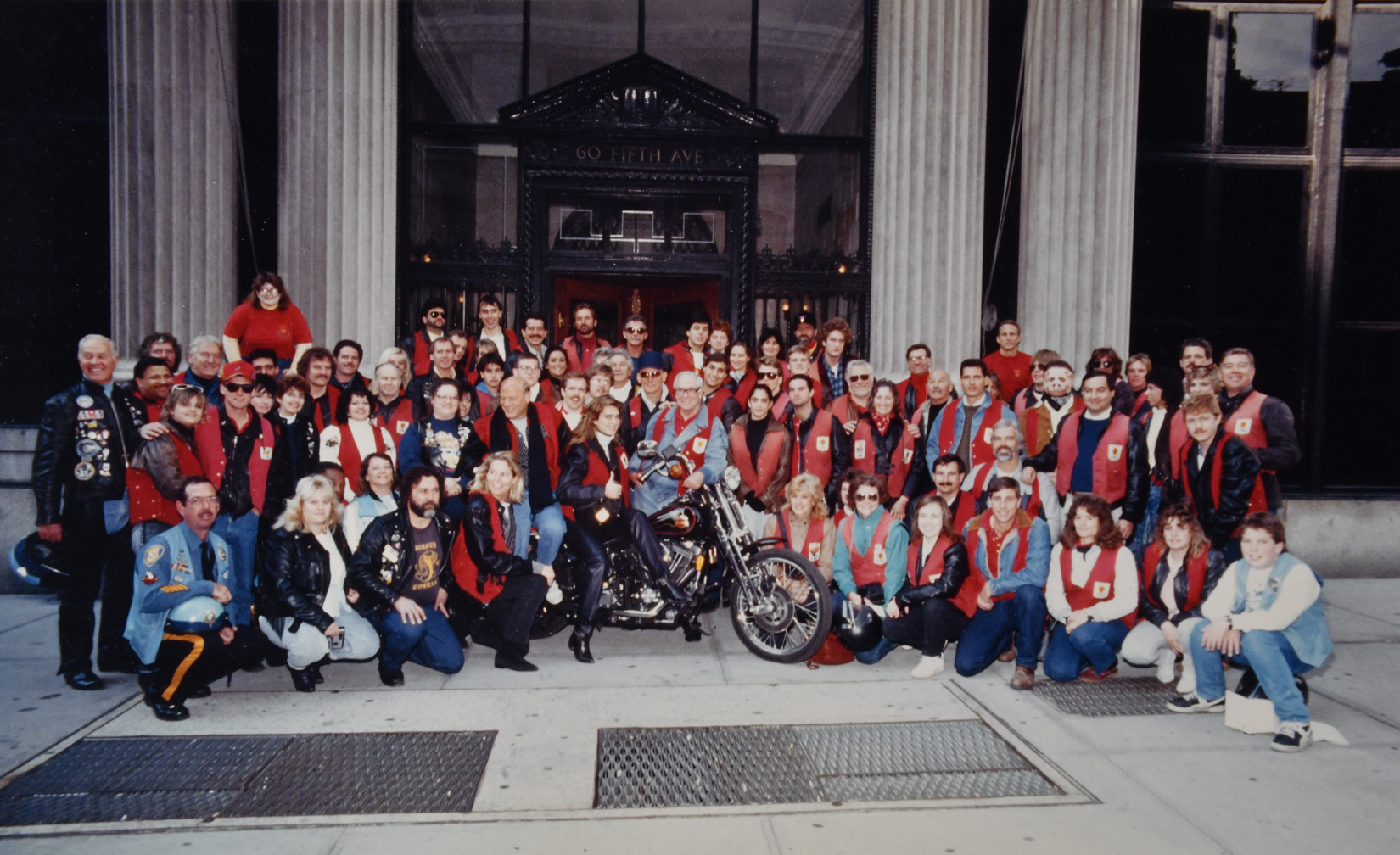
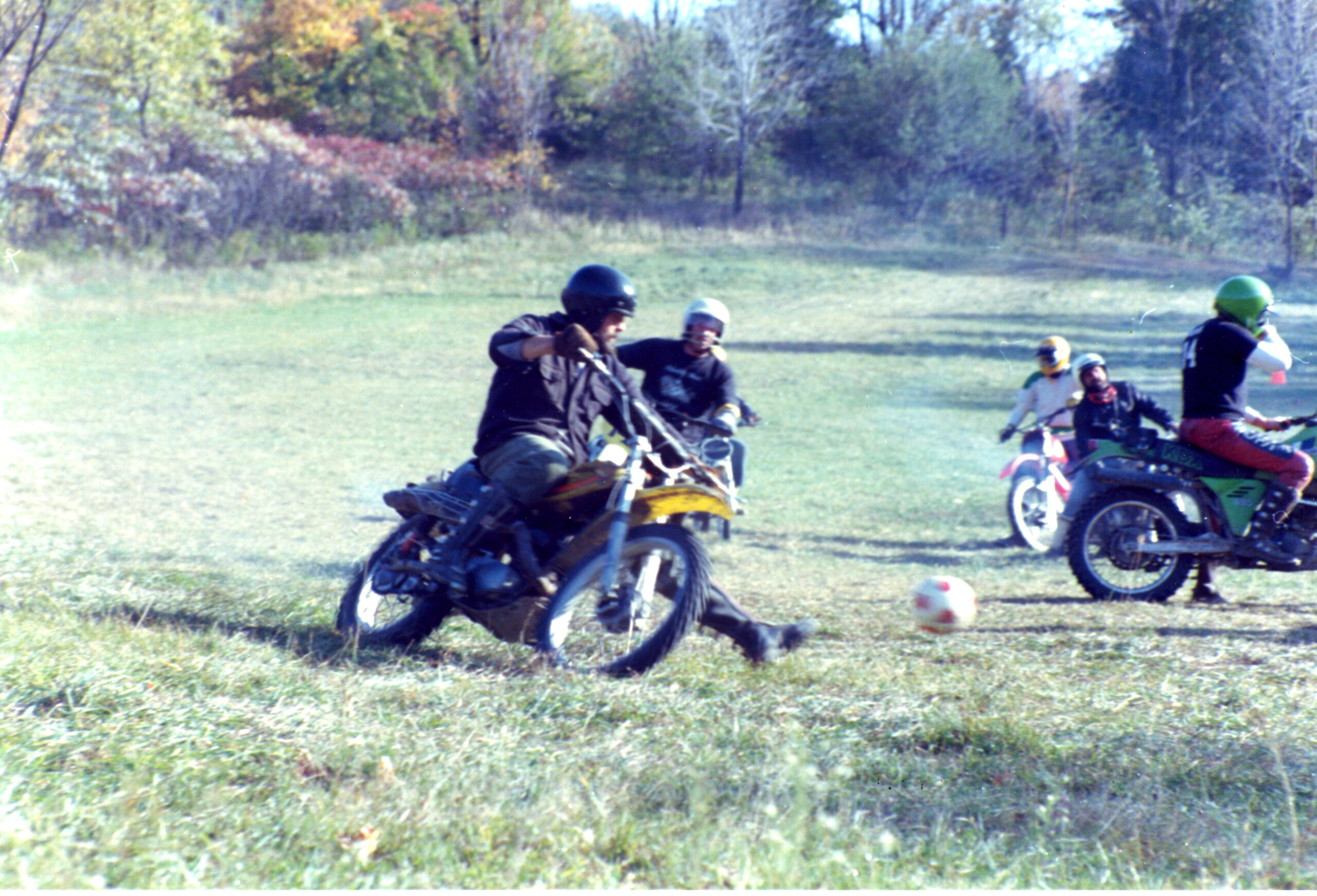
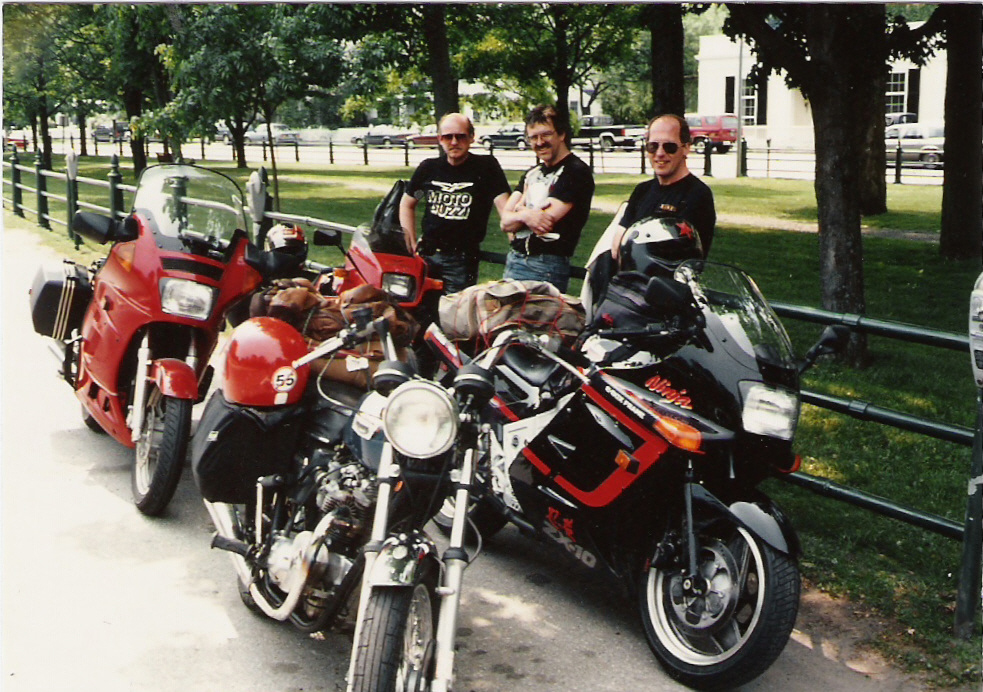
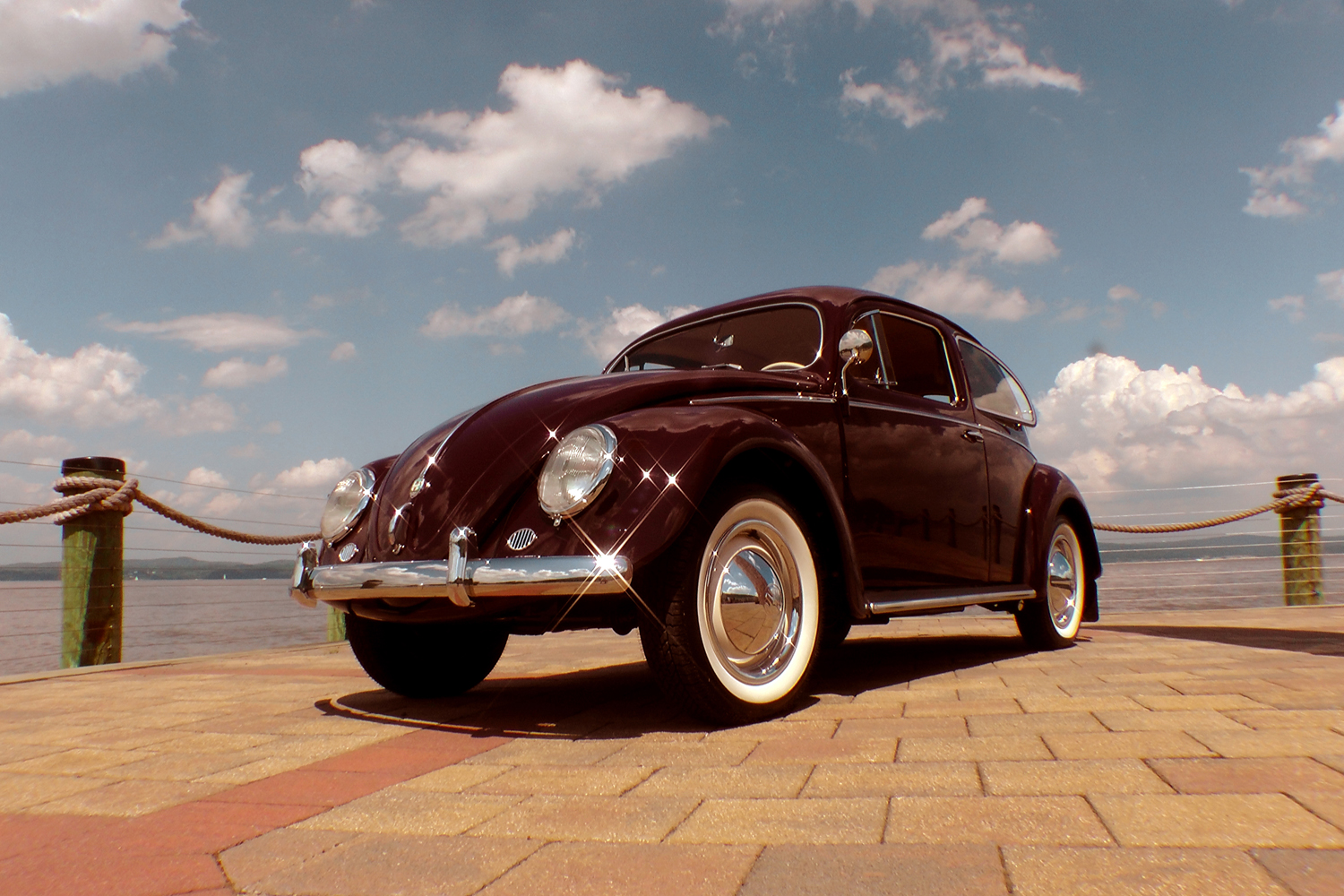
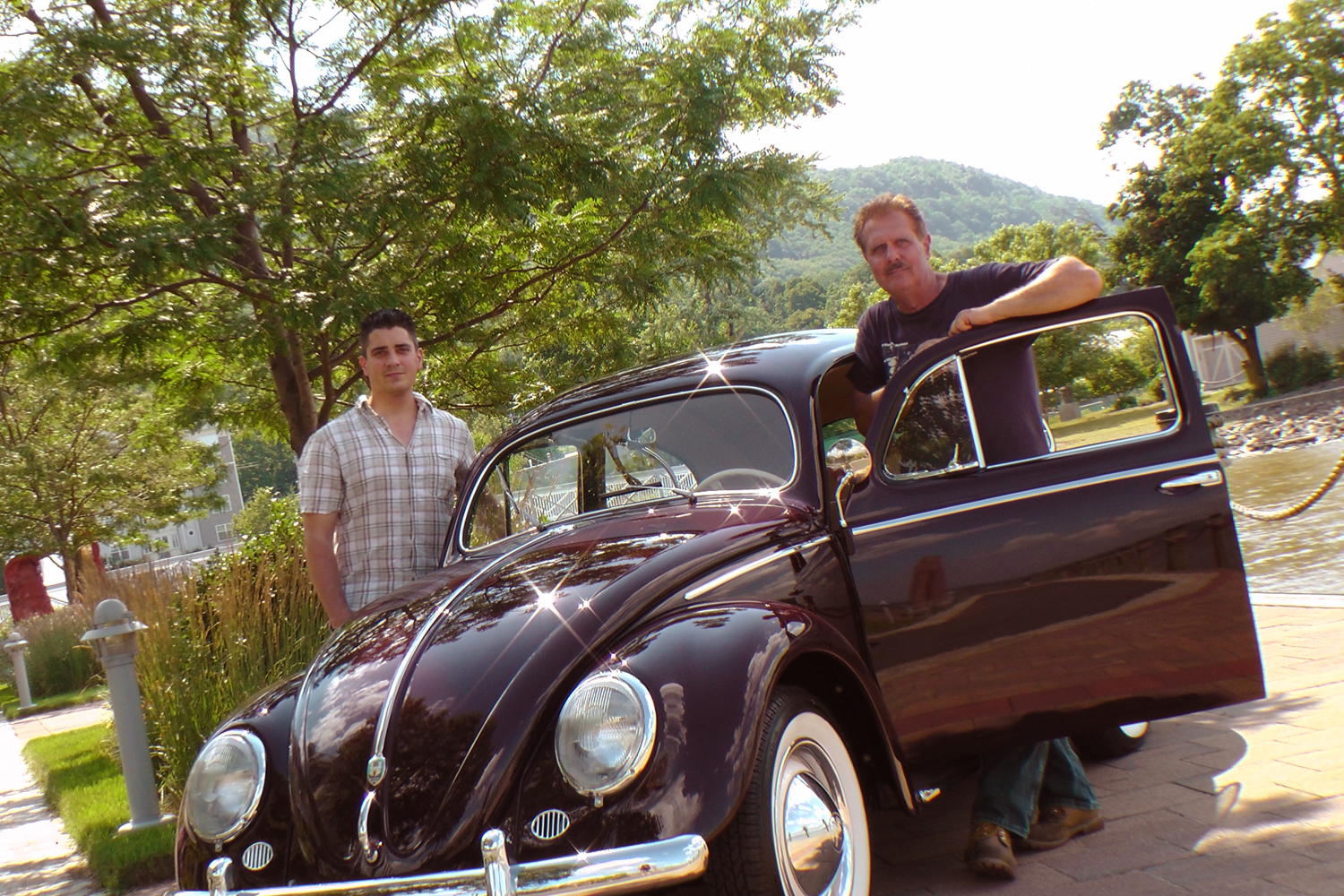
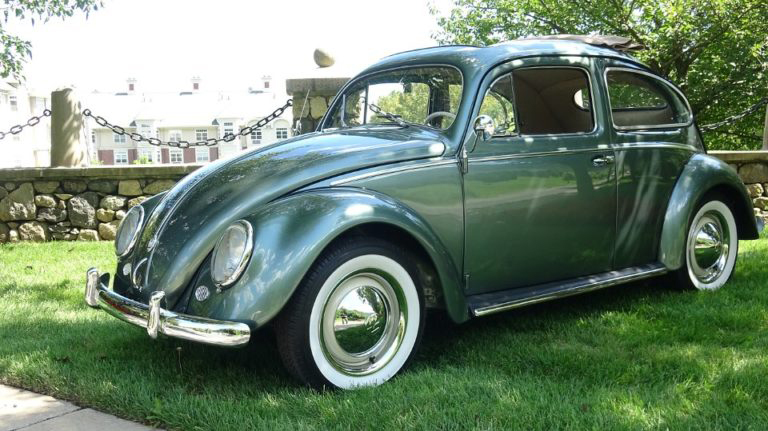

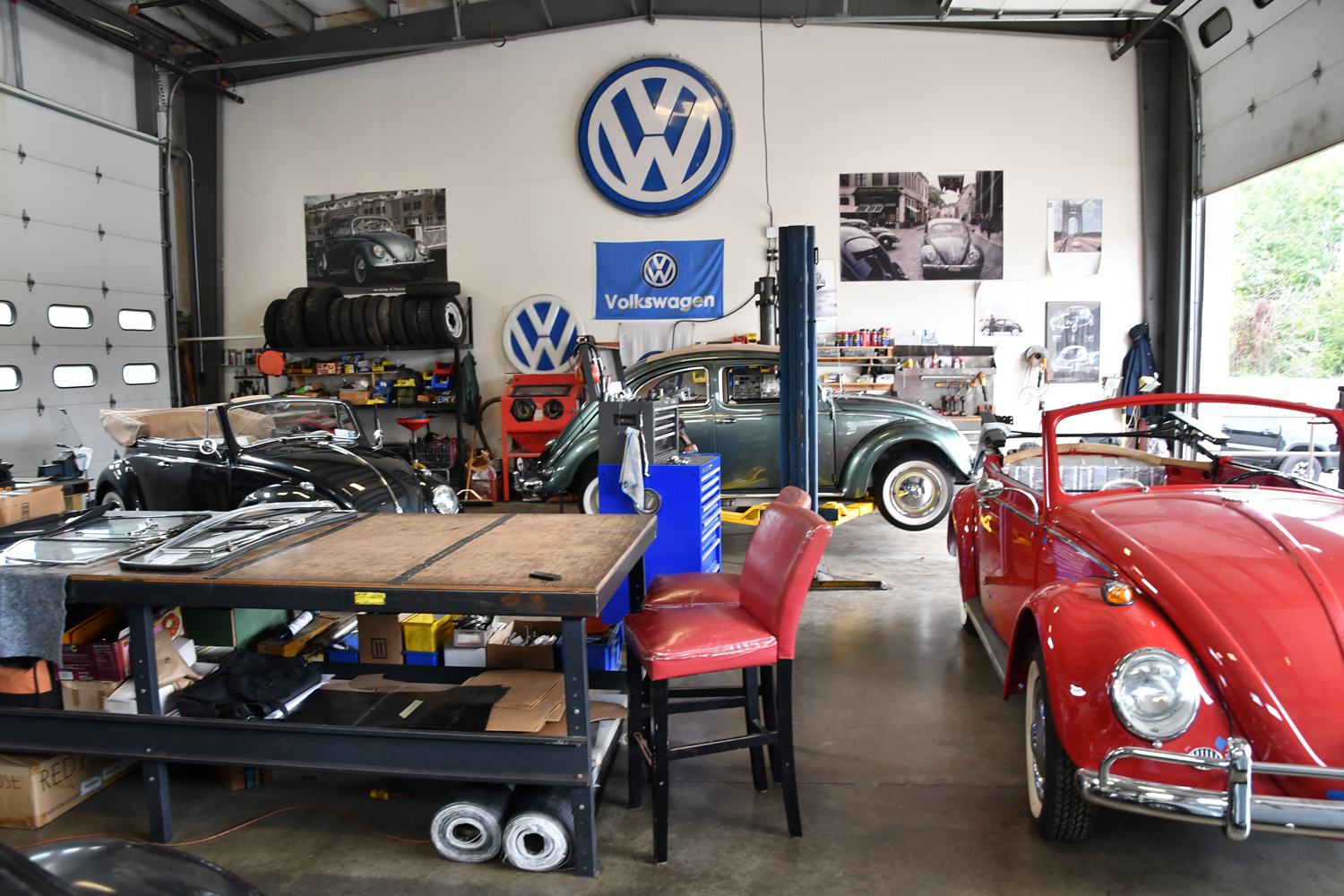
 Chris sees this trend inspired by a motivation quite different from say the muscle car or resto-mod markets. He says, “To a significant degree it is nostalgia driven.” Chris senior says, “People’s youthful personal experiences wove the Beetle into the fabric of their soul. It remains there today.”
Chris sees this trend inspired by a motivation quite different from say the muscle car or resto-mod markets. He says, “To a significant degree it is nostalgia driven.” Chris senior says, “People’s youthful personal experiences wove the Beetle into the fabric of their soul. It remains there today.”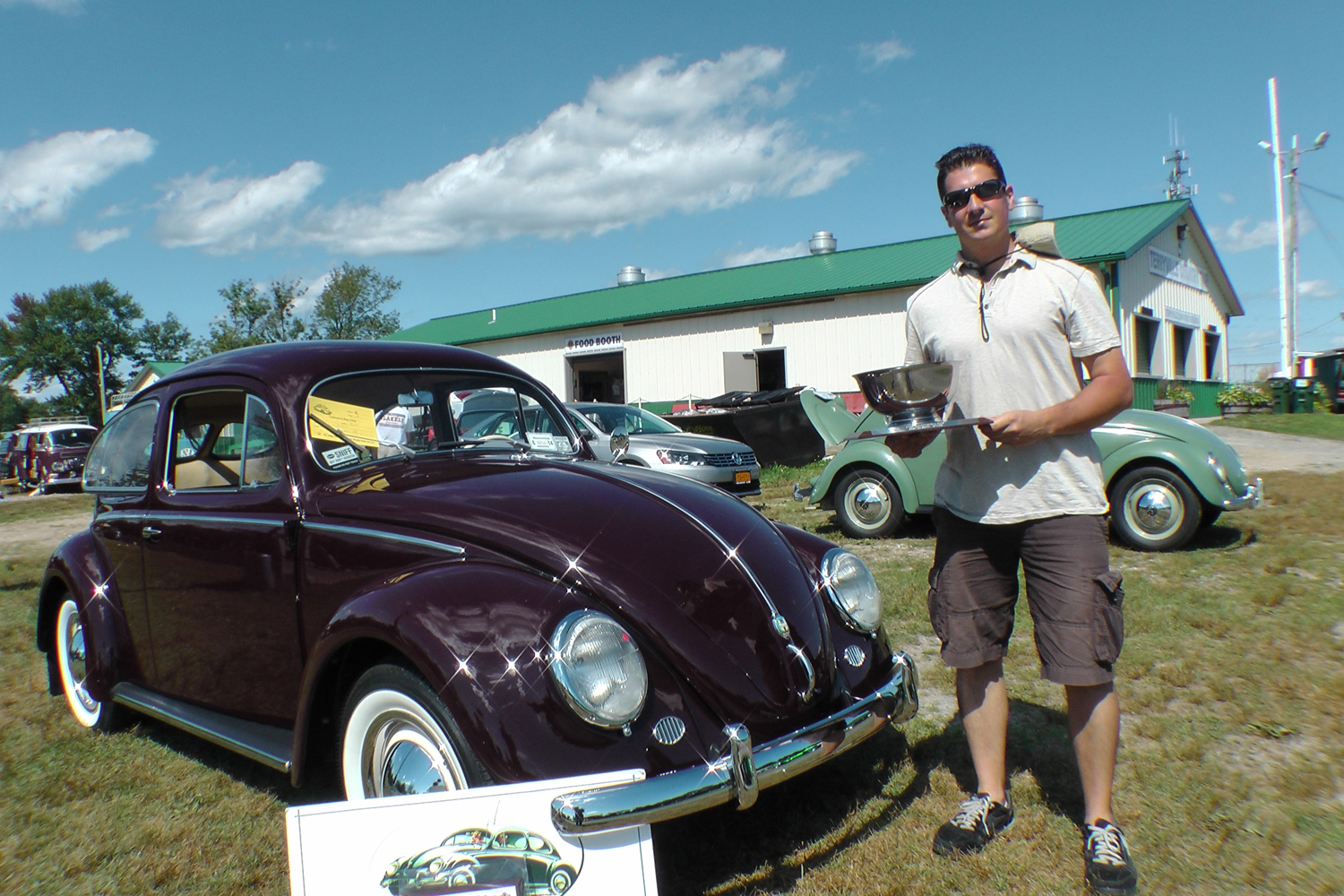 this past summer when a clearly satisfied Seinfeld brought another Beetle to Chris’s shop. Chris took the opportunity to ask Seinfeld how he found Classic VW Bugs. Chris says, “Sure enough it was YouTube.”
this past summer when a clearly satisfied Seinfeld brought another Beetle to Chris’s shop. Chris took the opportunity to ask Seinfeld how he found Classic VW Bugs. Chris says, “Sure enough it was YouTube.”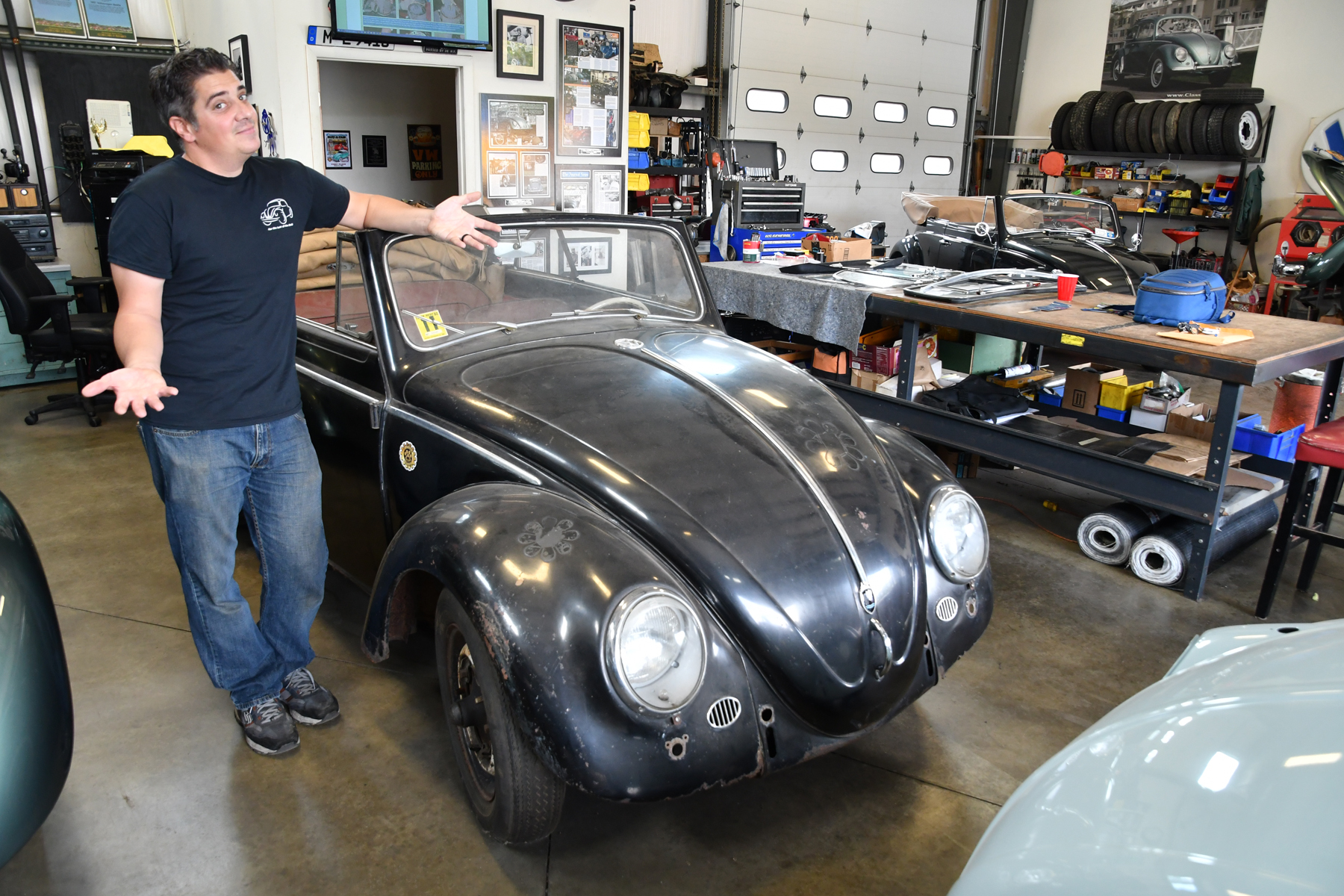
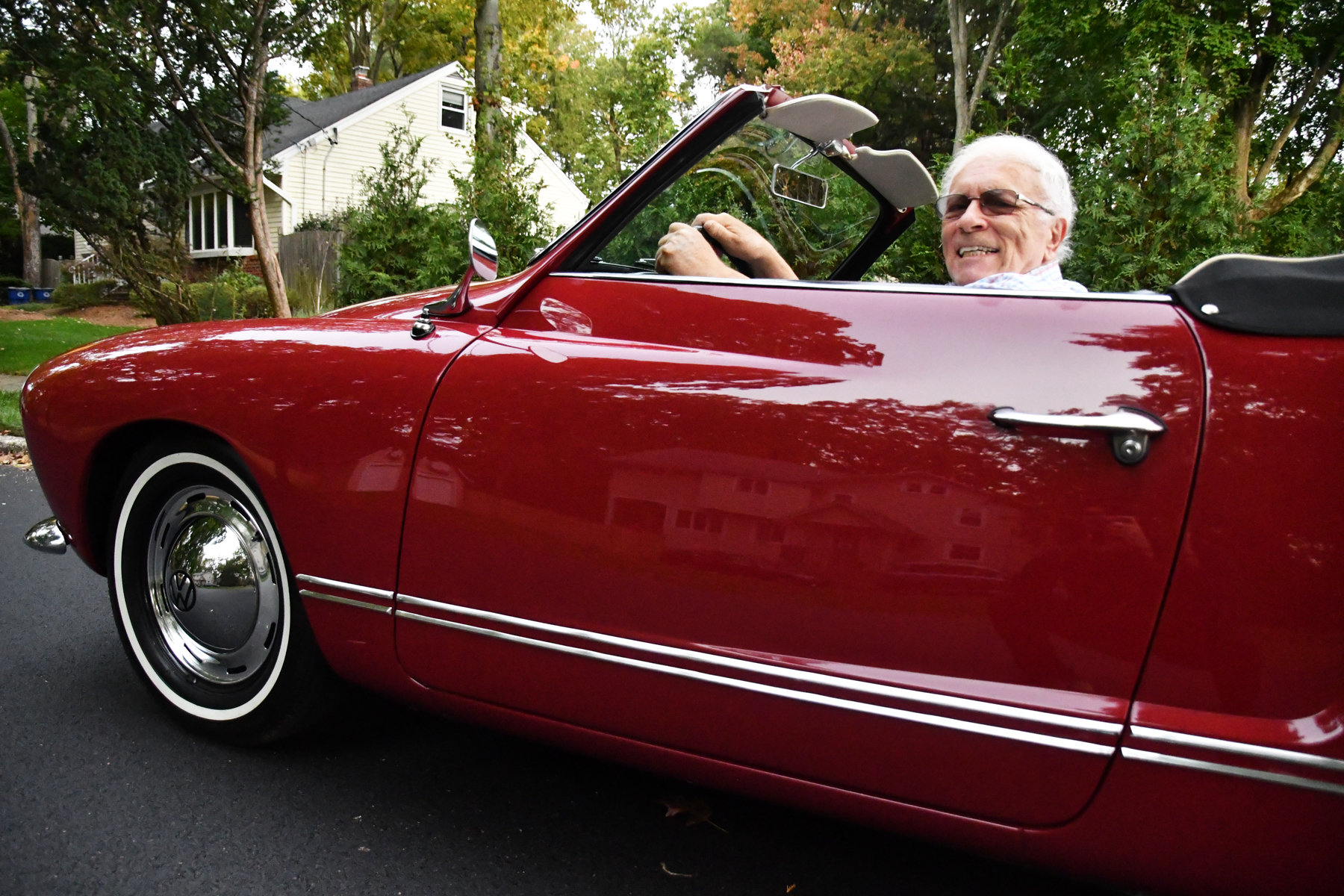

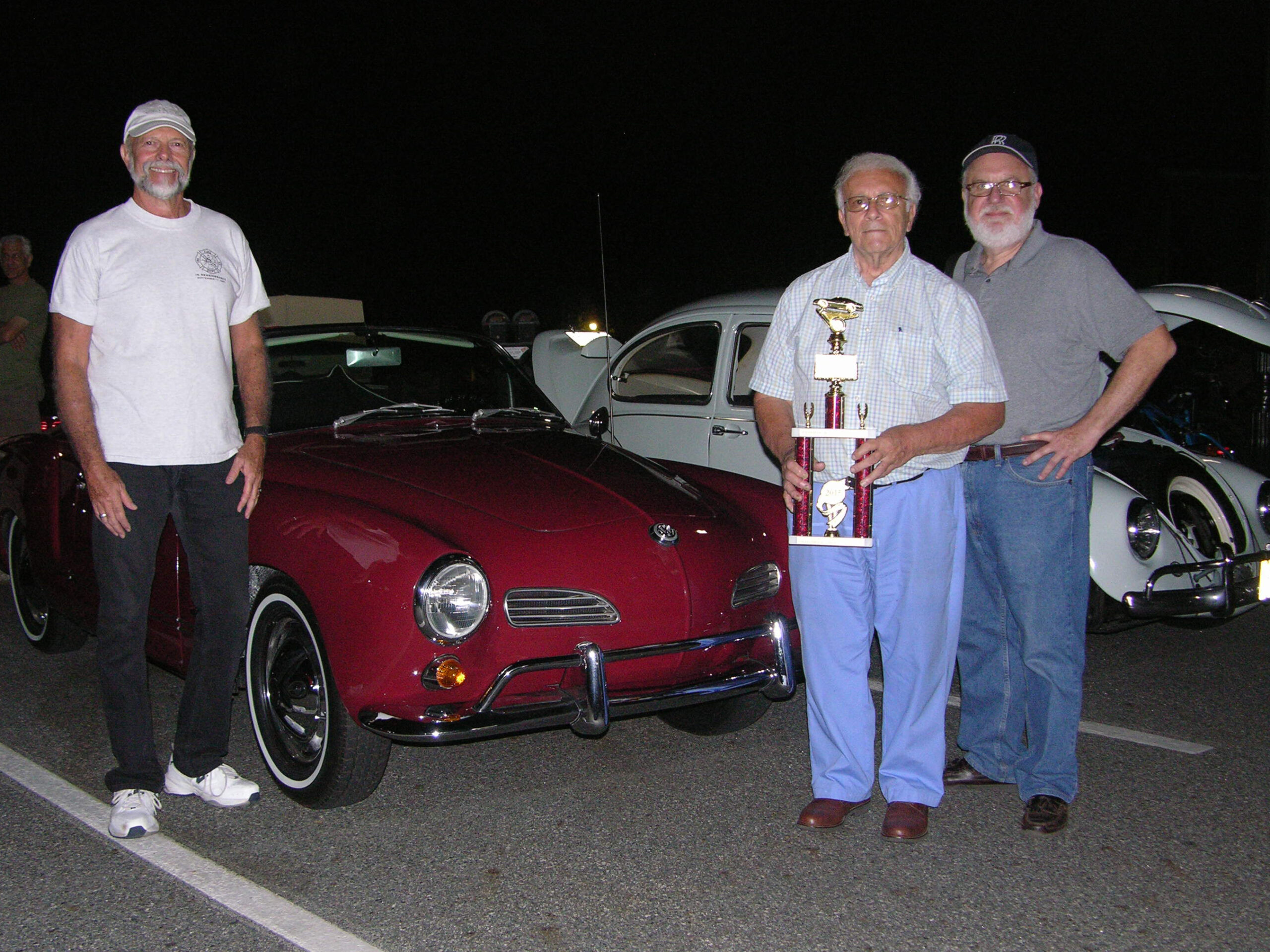
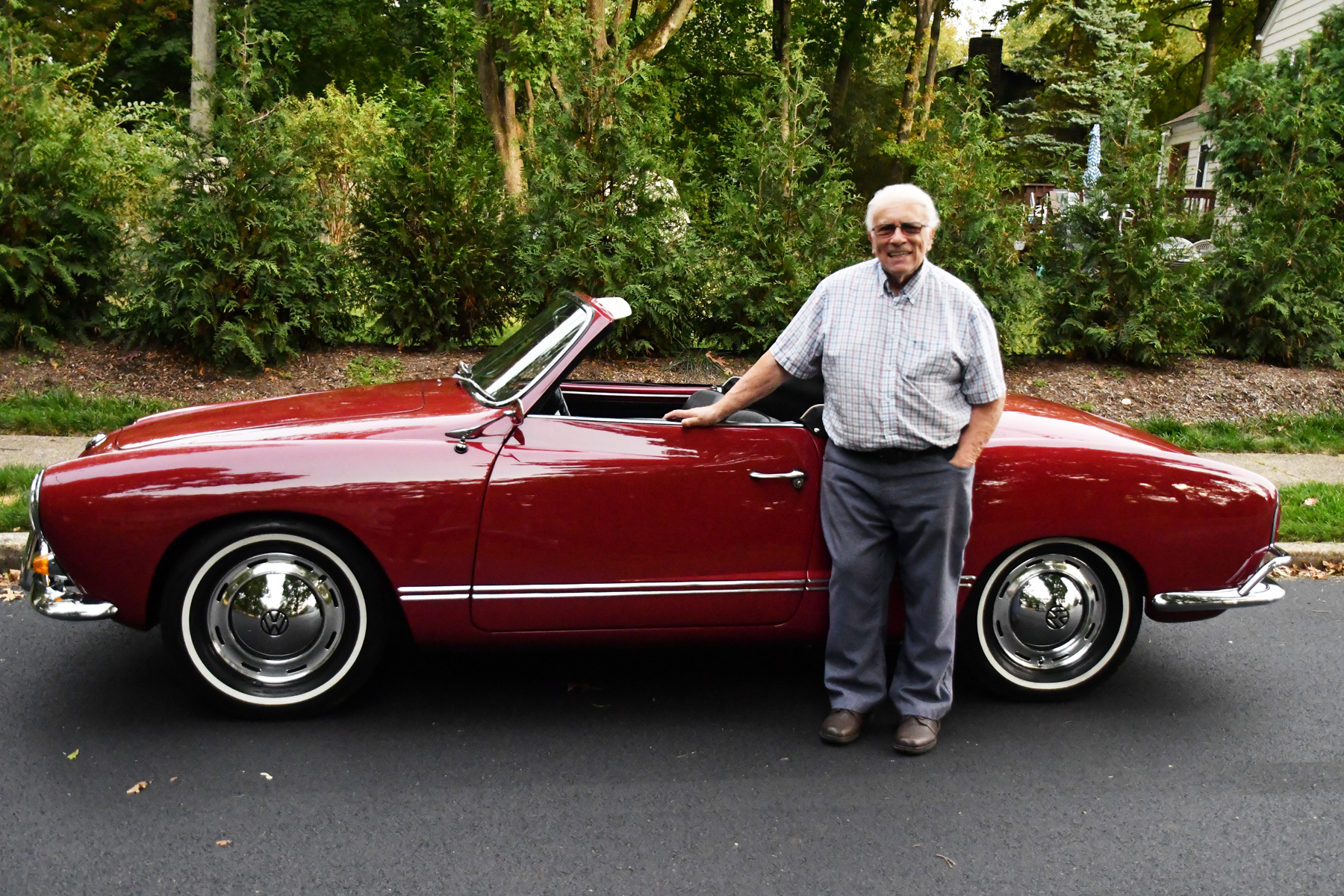
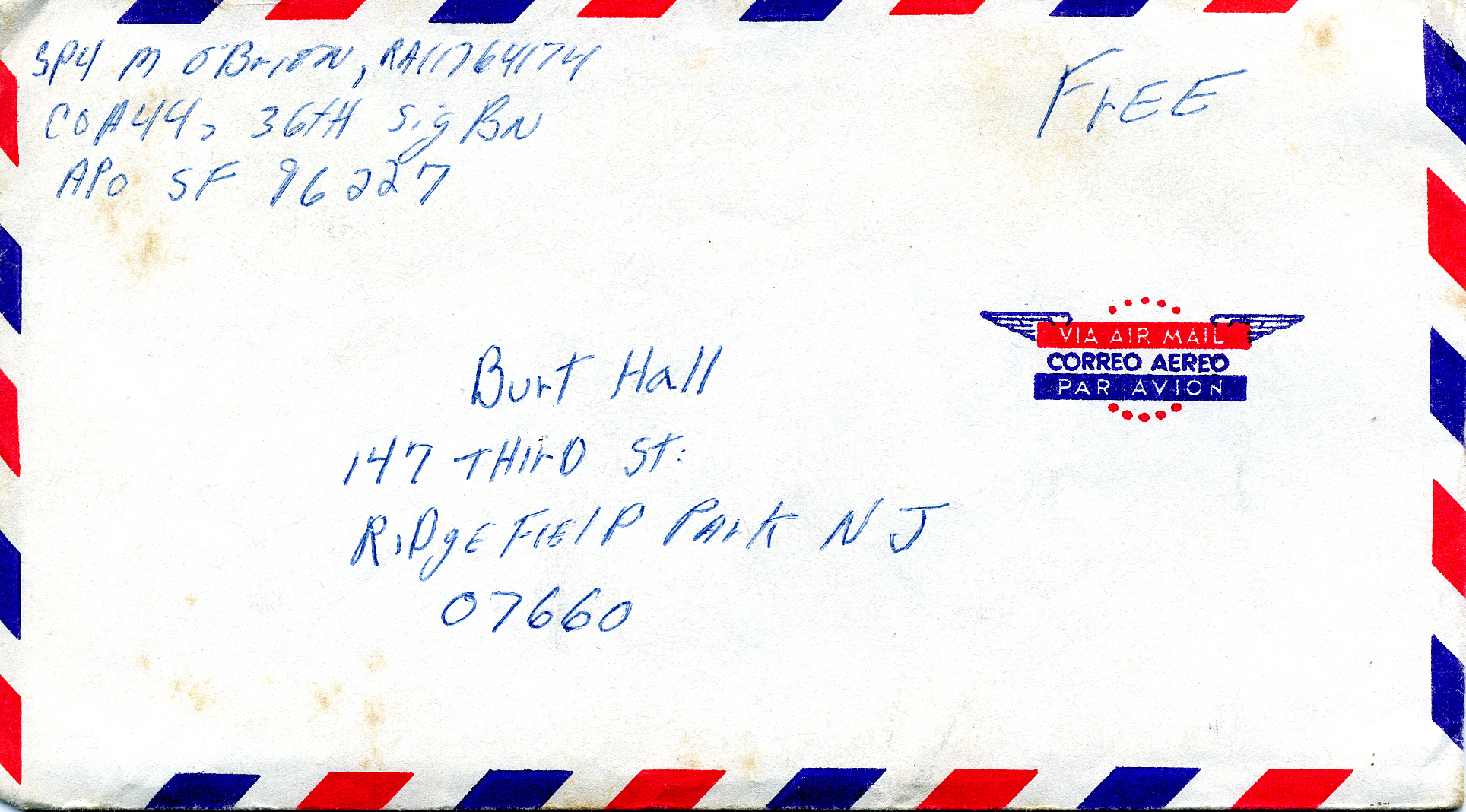
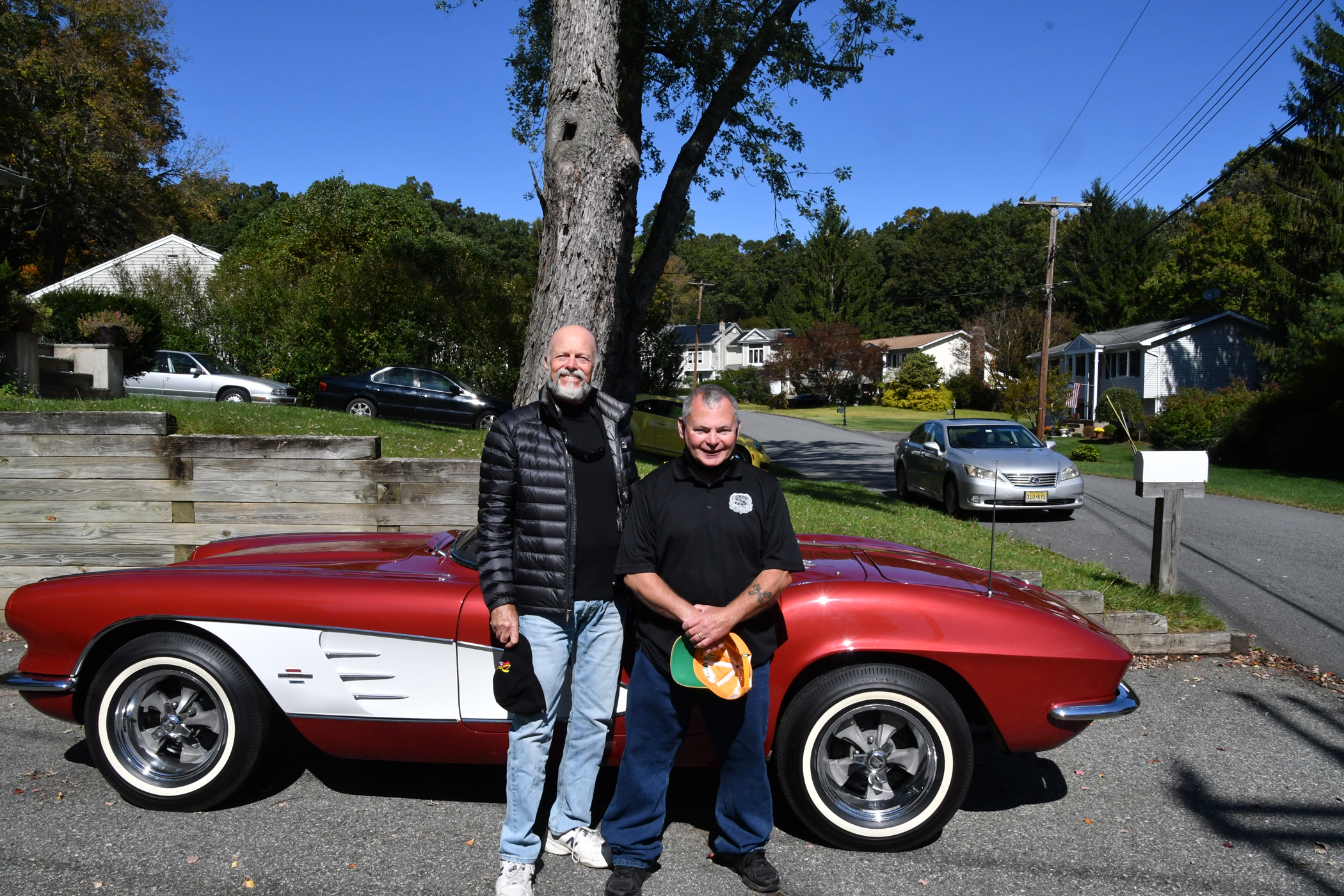
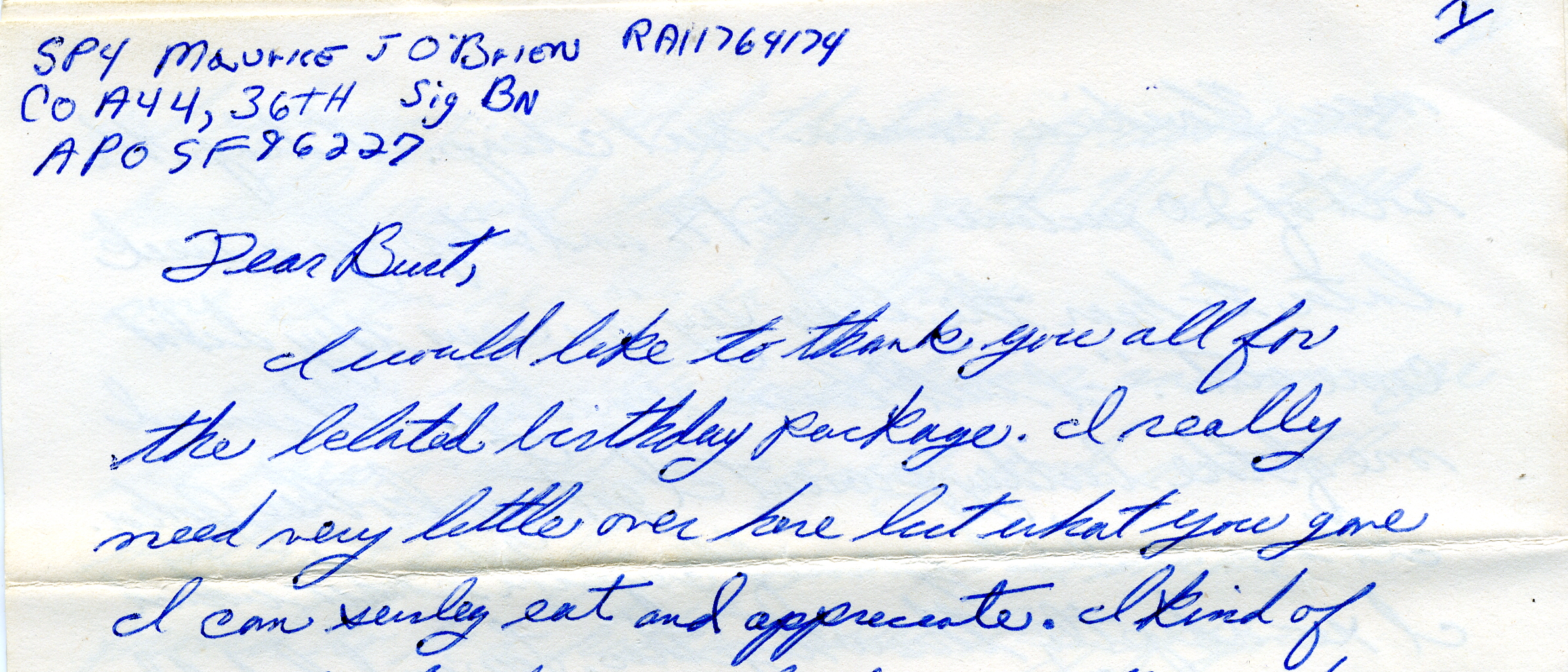 reports in his voice from the engine room of the southeast Asia war machine. Their content expressed details all at once funny, intensely personal and profound in their worldly perspective.
reports in his voice from the engine room of the southeast Asia war machine. Their content expressed details all at once funny, intensely personal and profound in their worldly perspective.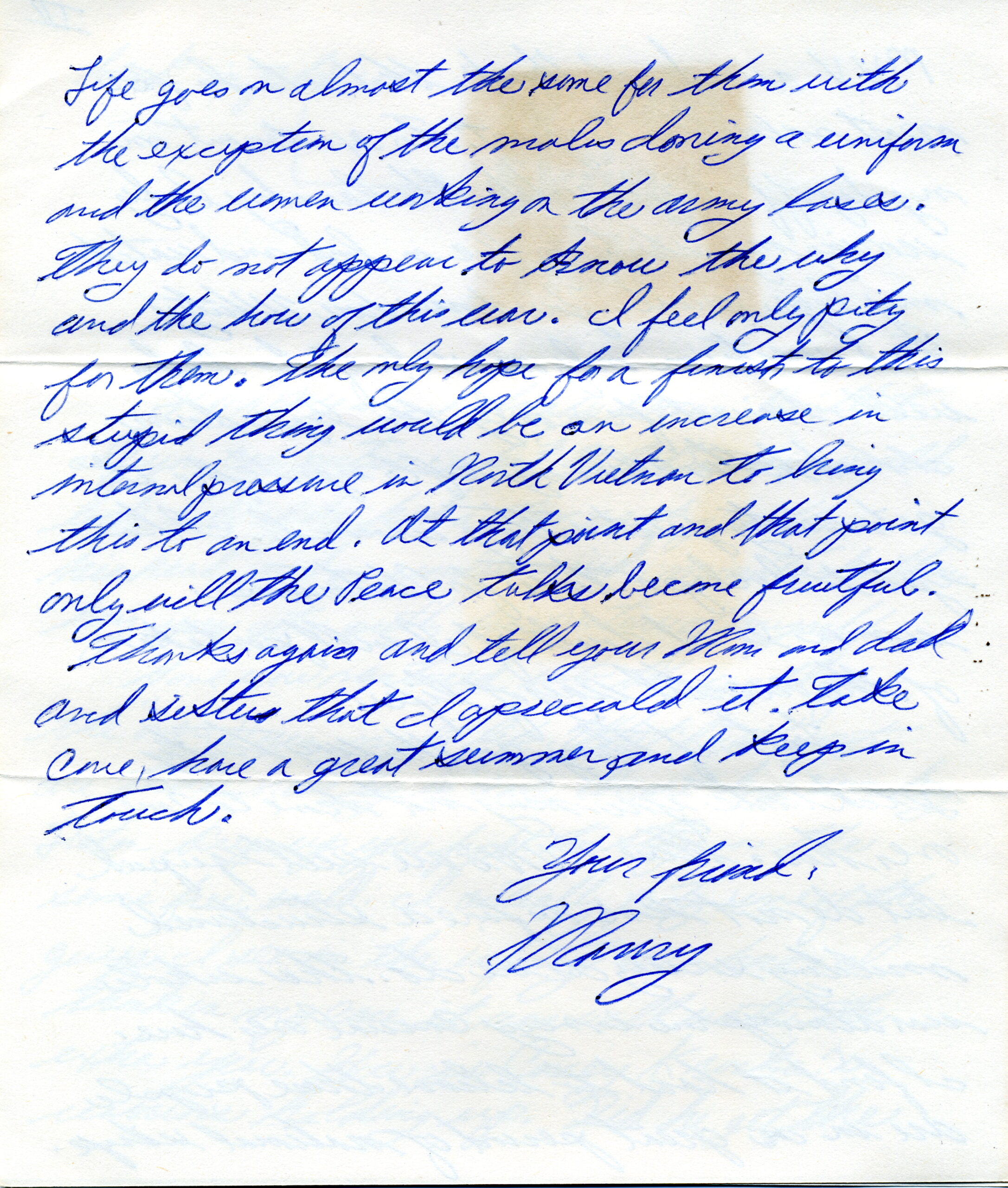 His observations of the world around him in 1969 are worth quoting. He wrote, “I find it hard to believe these people (South Vietnamese) are in a great period of national strife. Life goes on the same for them except the males are donning a uniform and the women work at the army base. They do not appear to know the why and the how of this war. I feel only pity for them. The only hope for a finish to this stupid thing will be an increase in pressure in North Vietnam to bring this thing to an end. At that point and that point only will the peace talks become fruitful.”
His observations of the world around him in 1969 are worth quoting. He wrote, “I find it hard to believe these people (South Vietnamese) are in a great period of national strife. Life goes on the same for them except the males are donning a uniform and the women work at the army base. They do not appear to know the why and the how of this war. I feel only pity for them. The only hope for a finish to this stupid thing will be an increase in pressure in North Vietnam to bring this thing to an end. At that point and that point only will the peace talks become fruitful.”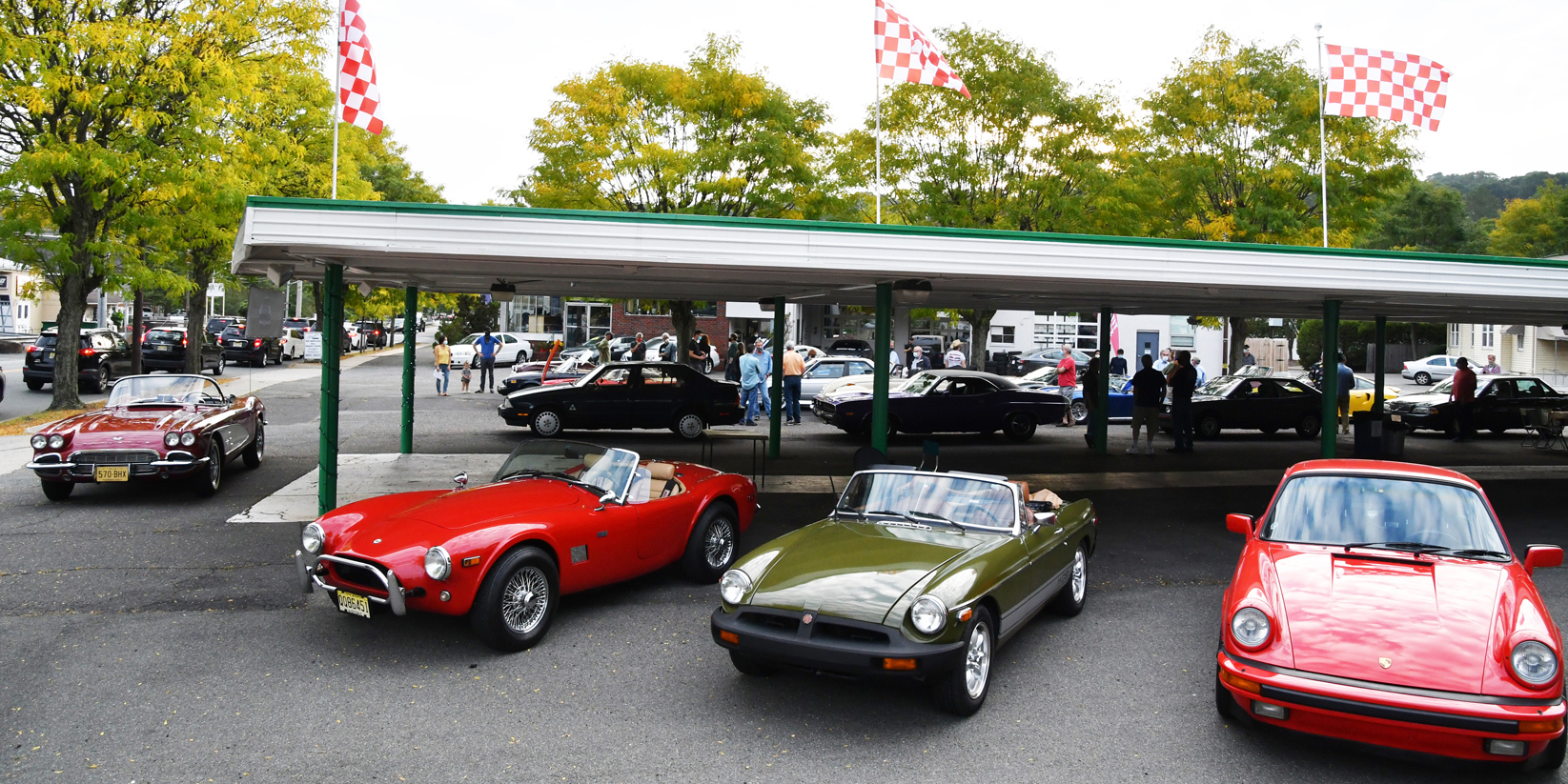

 icturesque ribbon of highway, Route 742 weaved through the rural Piedmont region of North Carolina. My personal directional instincts fortified by happenstance, hope and blind luck (We don’t need no stinkin’ GPS) had once again struck pay dirt.
icturesque ribbon of highway, Route 742 weaved through the rural Piedmont region of North Carolina. My personal directional instincts fortified by happenstance, hope and blind luck (We don’t need no stinkin’ GPS) had once again struck pay dirt.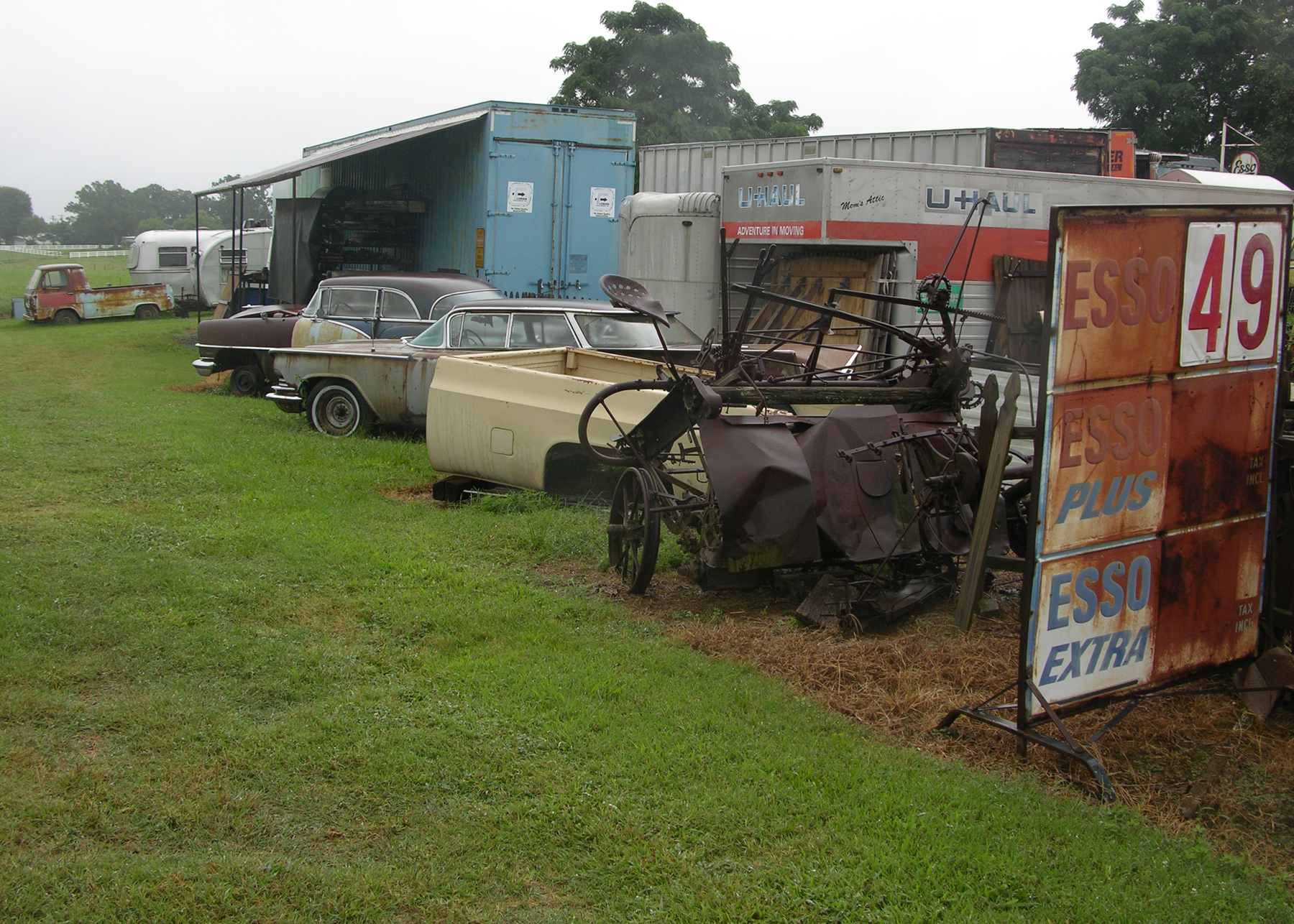 of tangible relics saved from long ago. Affixed to the gate a large “For Sale” sign offered a number for anyone interested. Driving on with this treasure trove of who-knows-what disappearing behind us, we both looked at each other and said, “Let’s call.” By the time we got back to the gate it was open.
of tangible relics saved from long ago. Affixed to the gate a large “For Sale” sign offered a number for anyone interested. Driving on with this treasure trove of who-knows-what disappearing behind us, we both looked at each other and said, “Let’s call.” By the time we got back to the gate it was open.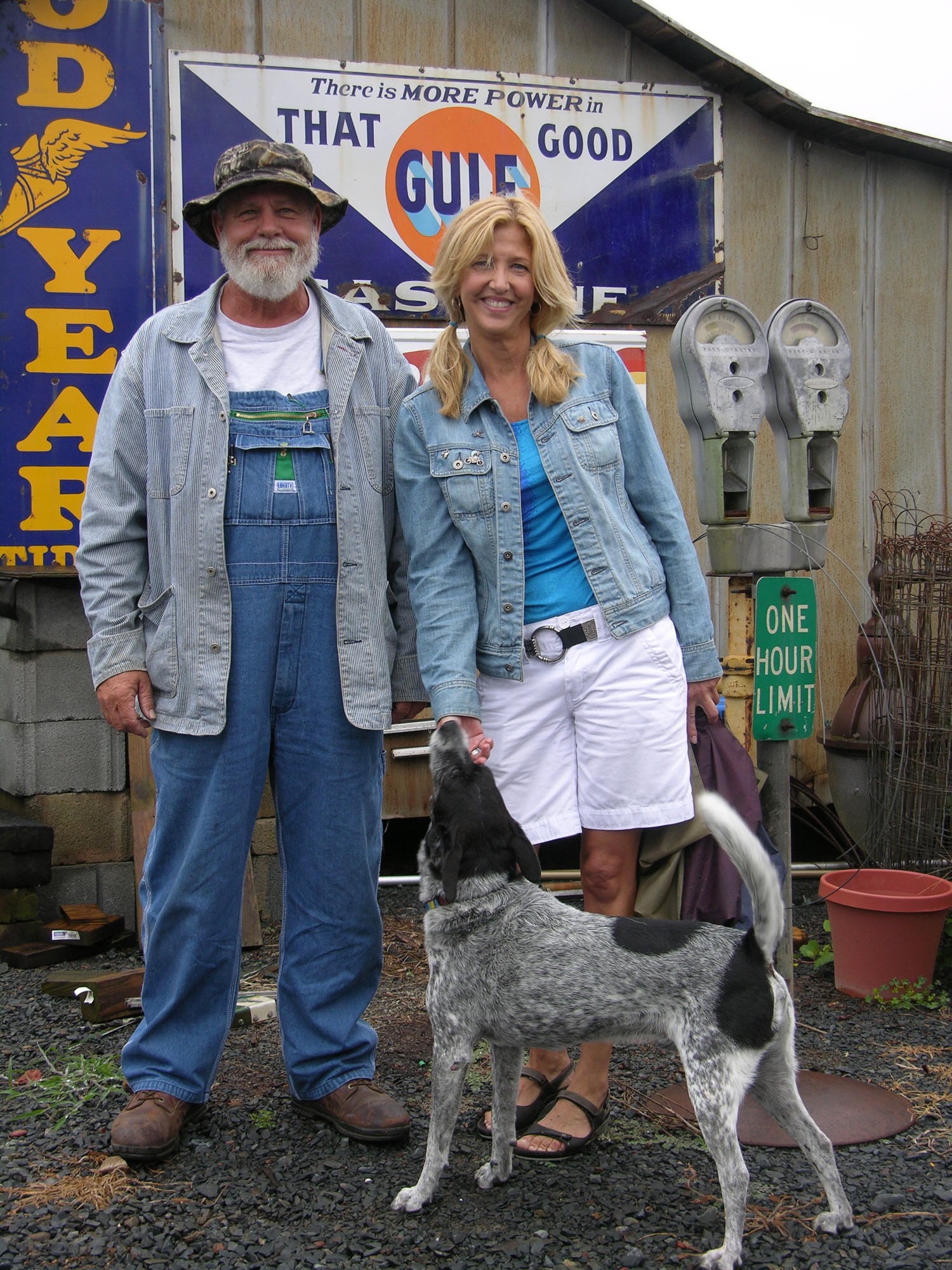 Approaching us with an easy gate, a full bodied man, an avuncular sort greeted us with a friendly welcome delivered with that unhurried regional tone of the Southeast that reminds one that it’s not New Jersey. He introduced himself as Mike Hinson. With a neatly trimmed beard, and a neighborly smile, Mike with his wide brimmed hat and clean bib overalls presented an image of a proprietor rather than a laborer.
Approaching us with an easy gate, a full bodied man, an avuncular sort greeted us with a friendly welcome delivered with that unhurried regional tone of the Southeast that reminds one that it’s not New Jersey. He introduced himself as Mike Hinson. With a neatly trimmed beard, and a neighborly smile, Mike with his wide brimmed hat and clean bib overalls presented an image of a proprietor rather than a laborer.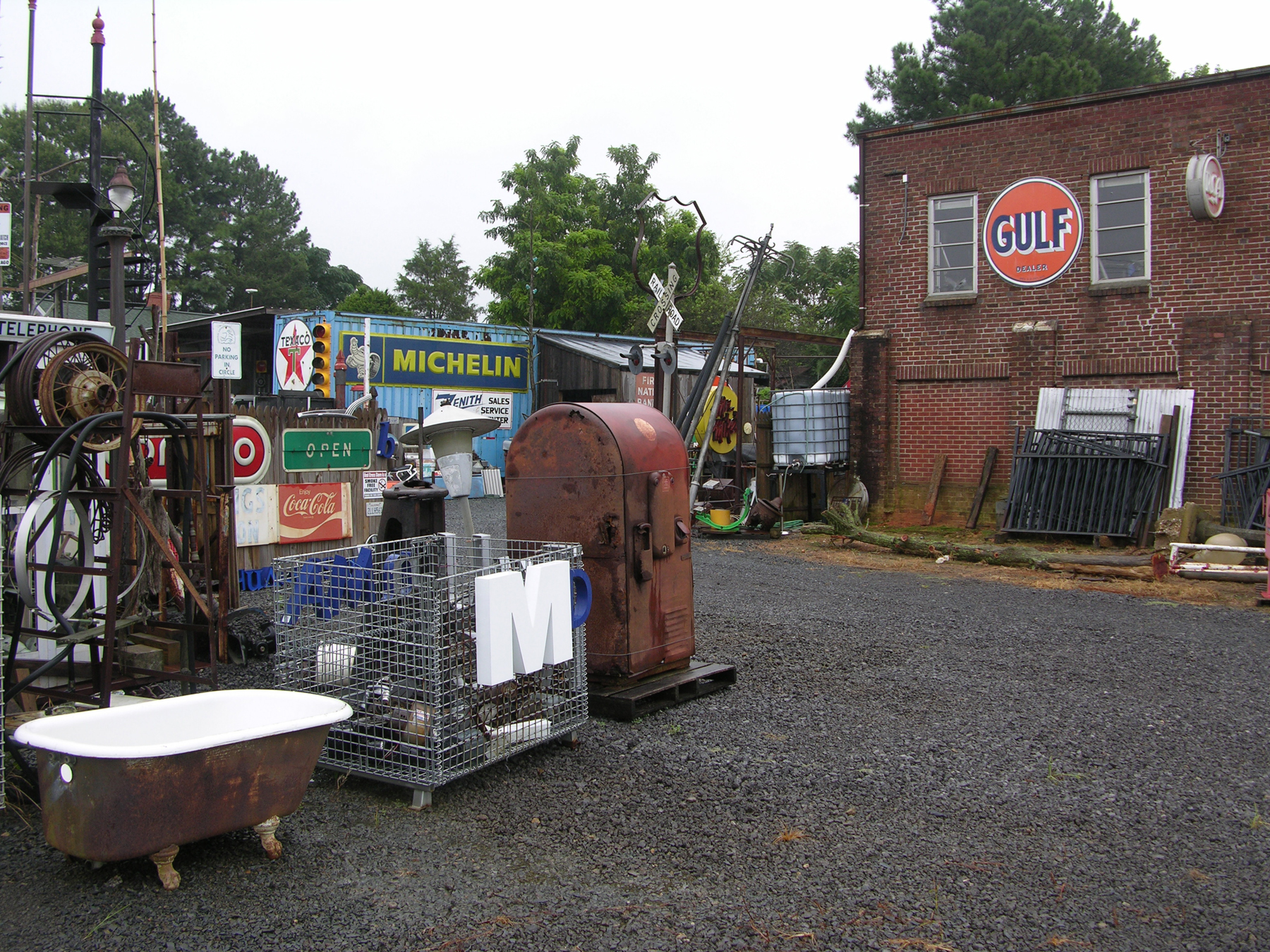
 , “They must have spent a full eight hours here to get the 10 minutes of film they ultimately wanted.” Mike really enjoyed working with Mike Wolfe. “Appearing on American Pickers gave me the best advertising in the world and it did not cost me a penny,” says Mike.
, “They must have spent a full eight hours here to get the 10 minutes of film they ultimately wanted.” Mike really enjoyed working with Mike Wolfe. “Appearing on American Pickers gave me the best advertising in the world and it did not cost me a penny,” says Mike.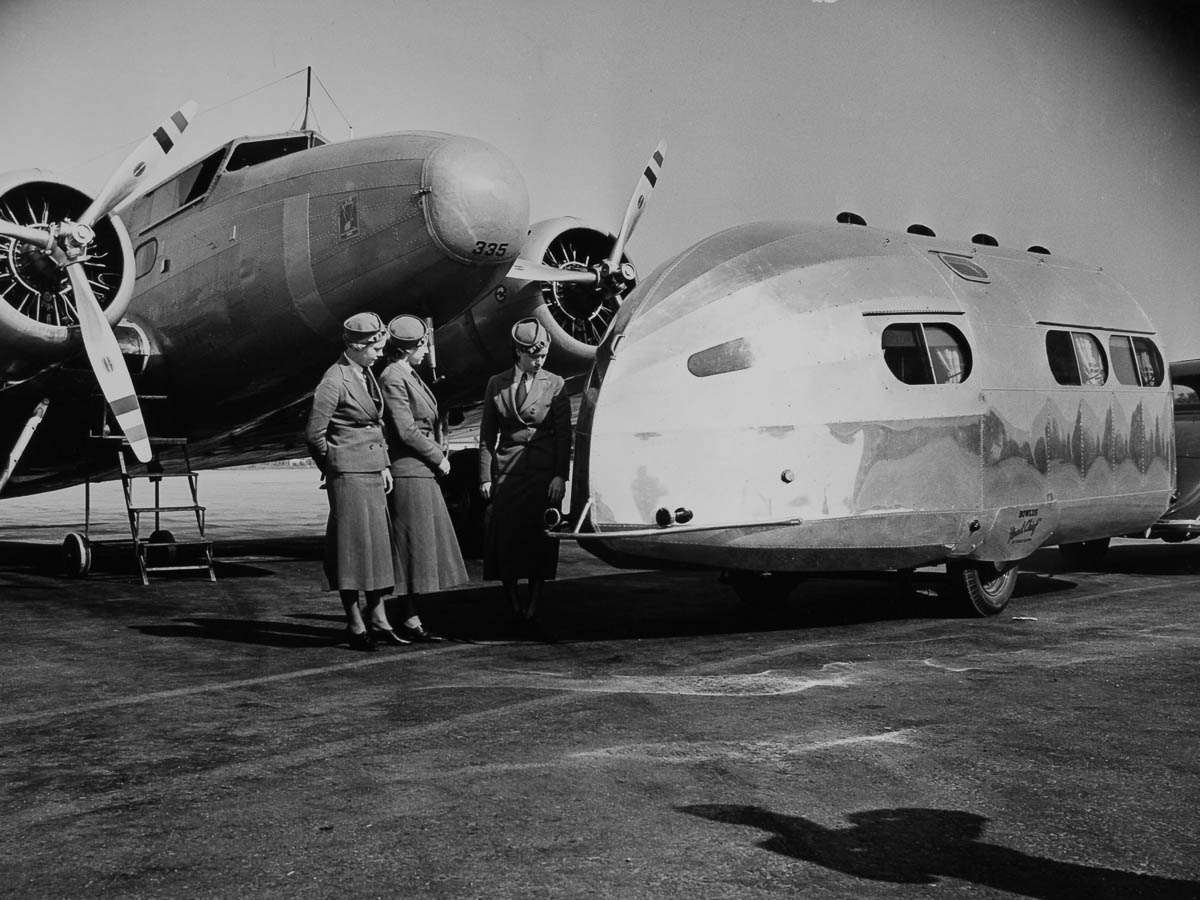
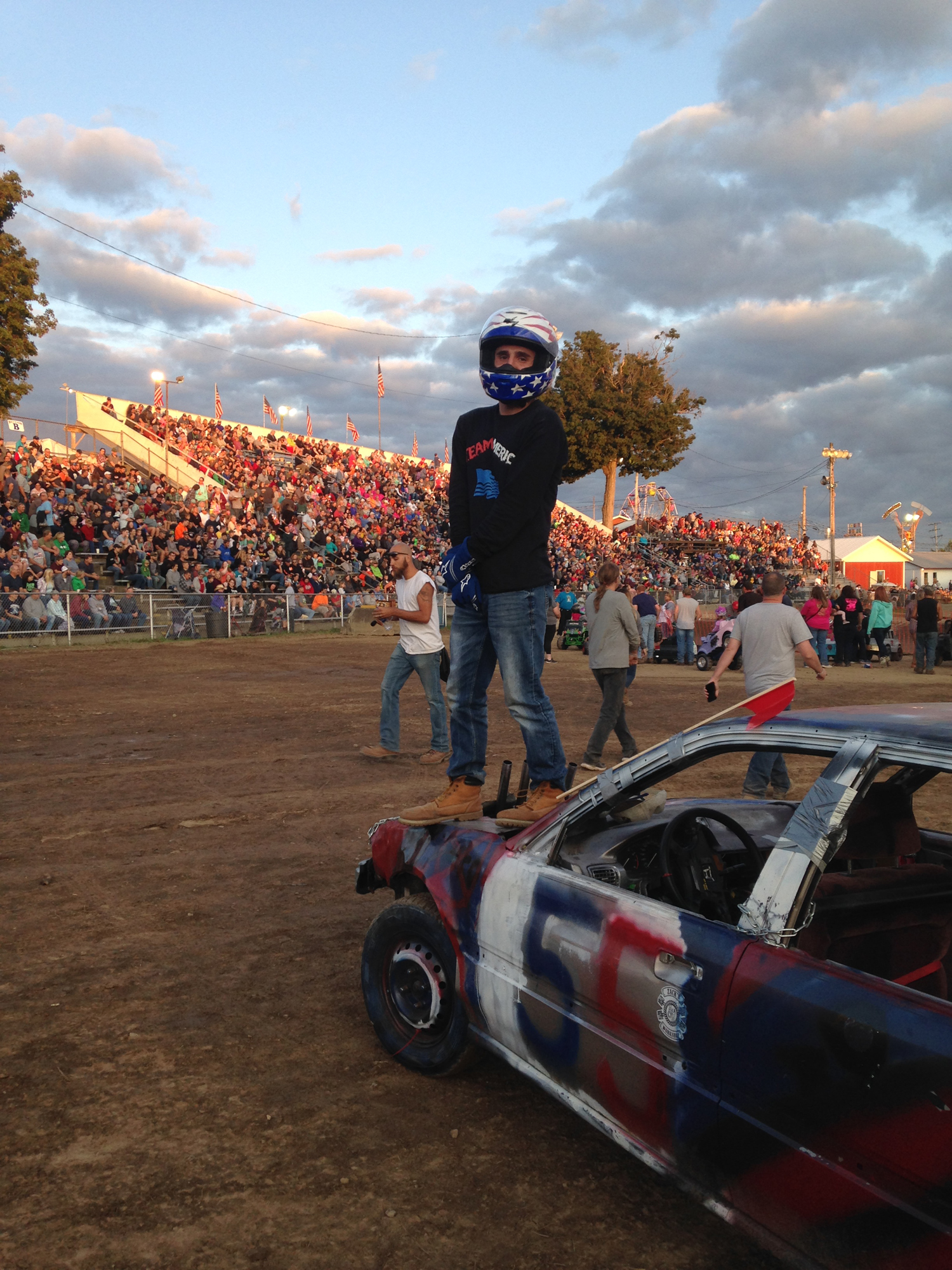
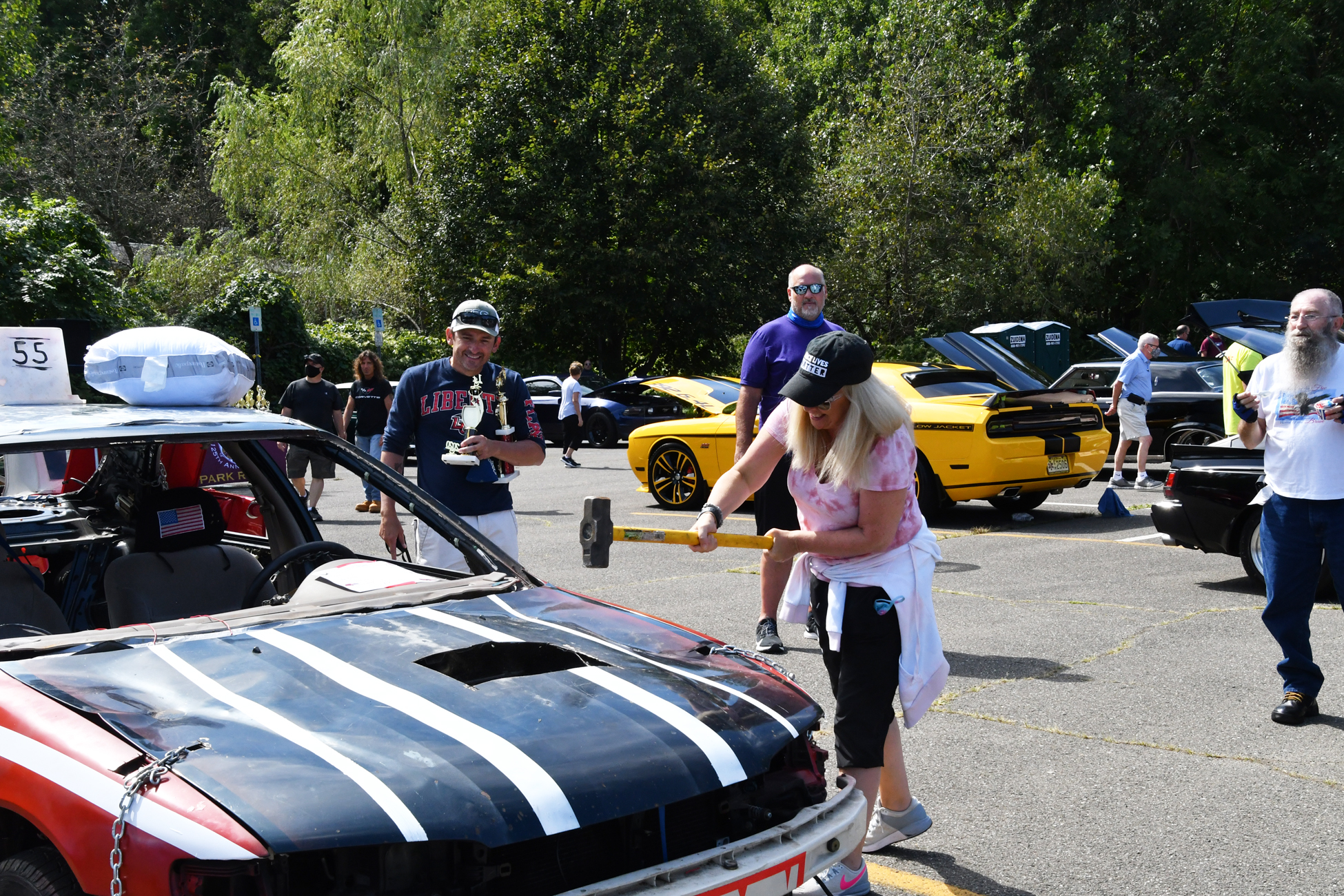
 are bone jarringly violent and louder than you would expect. All of a sudden it gets real, very real,” says Tom. Lori recalls, “walking in, I was cool with it.” Then the announcer called attention to someone lining up another car for a violent rear bumper to mid-ship T-bone special. Ooooh, ooooh, BOOM! Then she realized “that’s my son’s car,” She says, “On the video you could hear me screaming.”
are bone jarringly violent and louder than you would expect. All of a sudden it gets real, very real,” says Tom. Lori recalls, “walking in, I was cool with it.” Then the announcer called attention to someone lining up another car for a violent rear bumper to mid-ship T-bone special. Ooooh, ooooh, BOOM! Then she realized “that’s my son’s car,” She says, “On the video you could hear me screaming.”
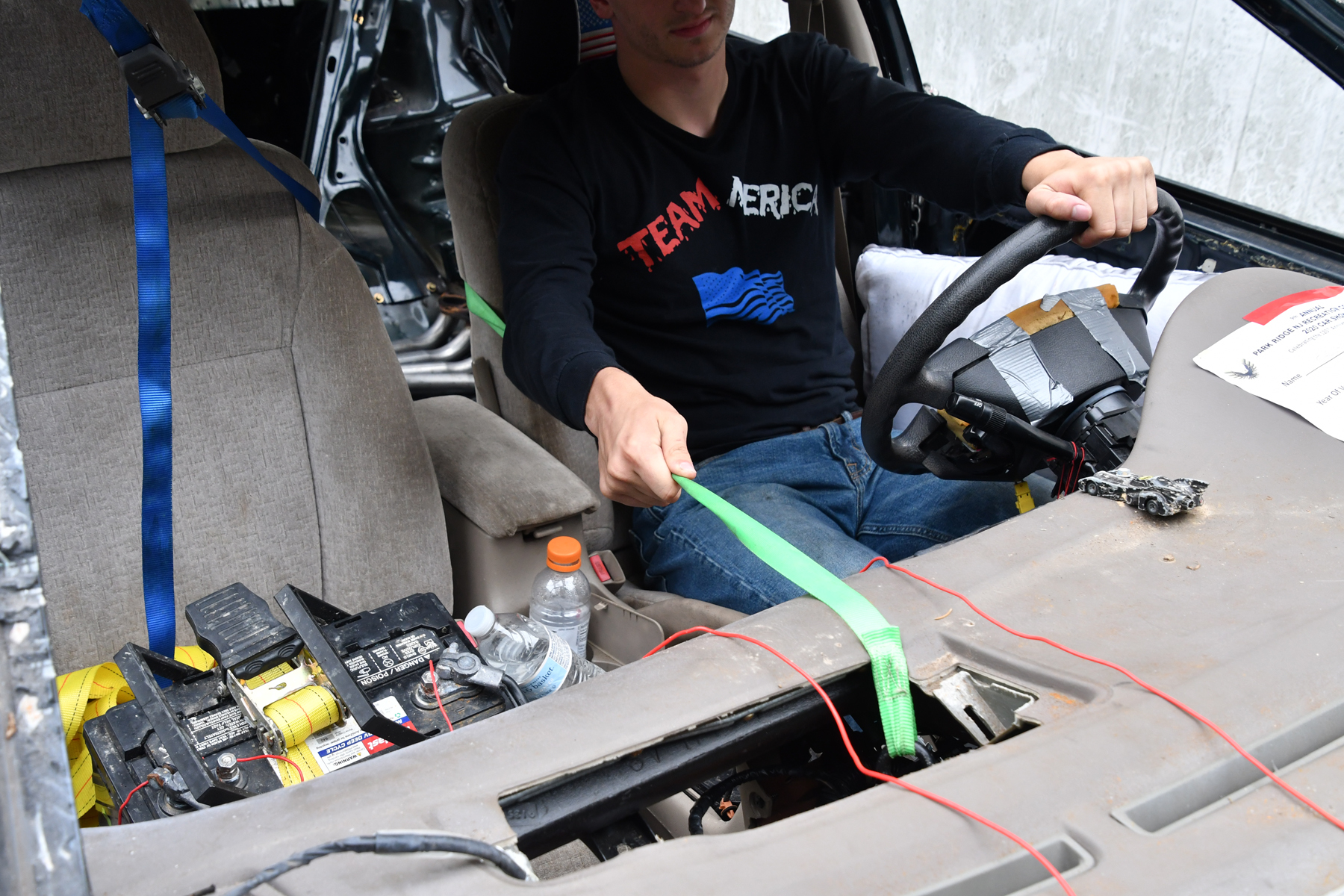
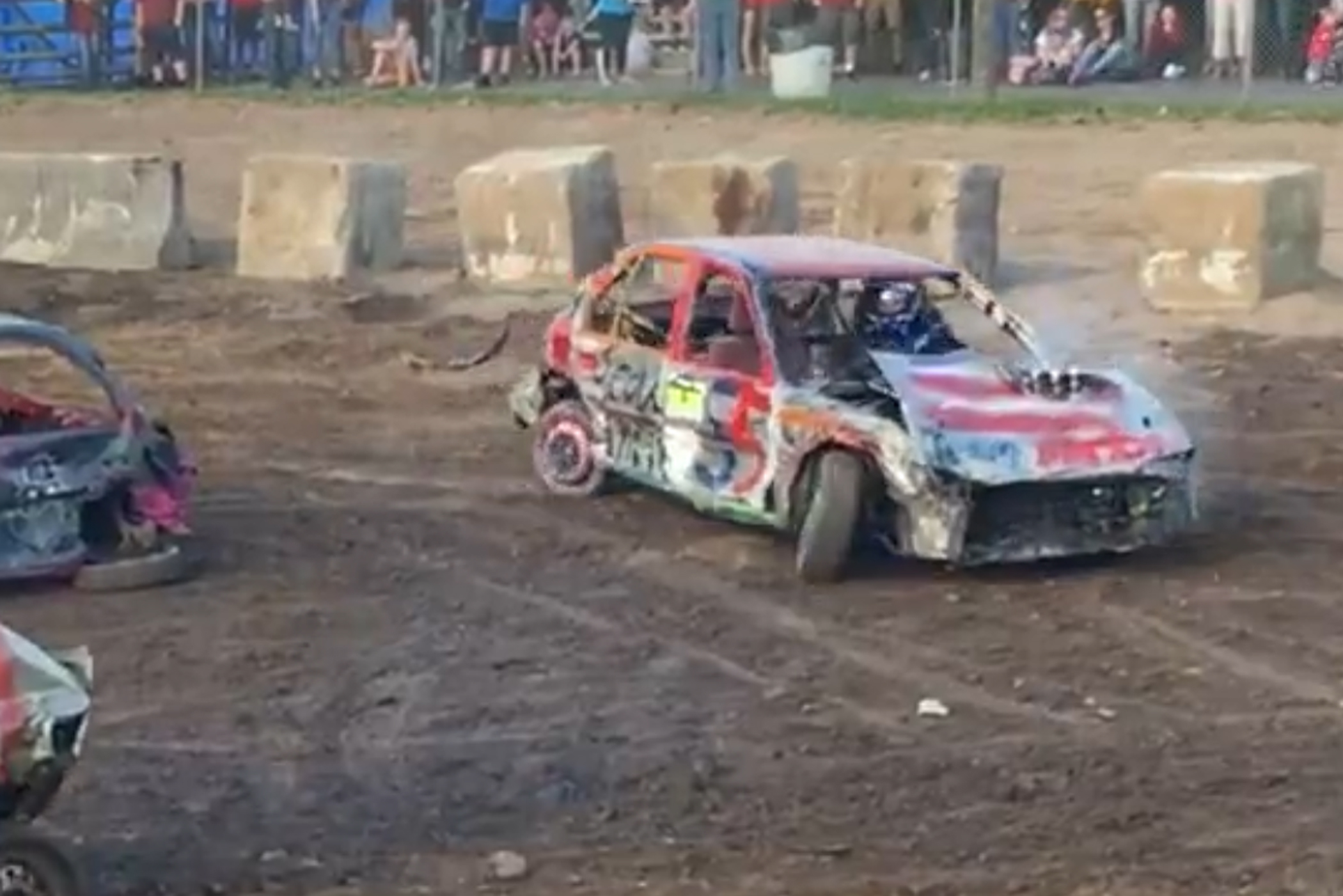 I lunge forward and hit my alleged teammate. I immediately get nailed on the side and my battery breaks free from its mooring. With my ignition hot-wired, the loose battery rips of the wire to the ignition. I initially did not realize why my Honda would not start. Finally I find the problem. As I fumble to reattach the wire my hands are shaking as sparks shock my finger tips. Throwing my gloves off, I finally attached the wire. I figure, what the hell. I slam my foot to the floor and look for something to hit. The first car I see, I smash nose first. My target had an “old school” heavy bumper. I did more damage to my car than my target. My Honda’s plastic front literally disintegrates. If you watch the video you see people laughing in the background. I am learning.”
I lunge forward and hit my alleged teammate. I immediately get nailed on the side and my battery breaks free from its mooring. With my ignition hot-wired, the loose battery rips of the wire to the ignition. I initially did not realize why my Honda would not start. Finally I find the problem. As I fumble to reattach the wire my hands are shaking as sparks shock my finger tips. Throwing my gloves off, I finally attached the wire. I figure, what the hell. I slam my foot to the floor and look for something to hit. The first car I see, I smash nose first. My target had an “old school” heavy bumper. I did more damage to my car than my target. My Honda’s plastic front literally disintegrates. If you watch the video you see people laughing in the background. I am learning.”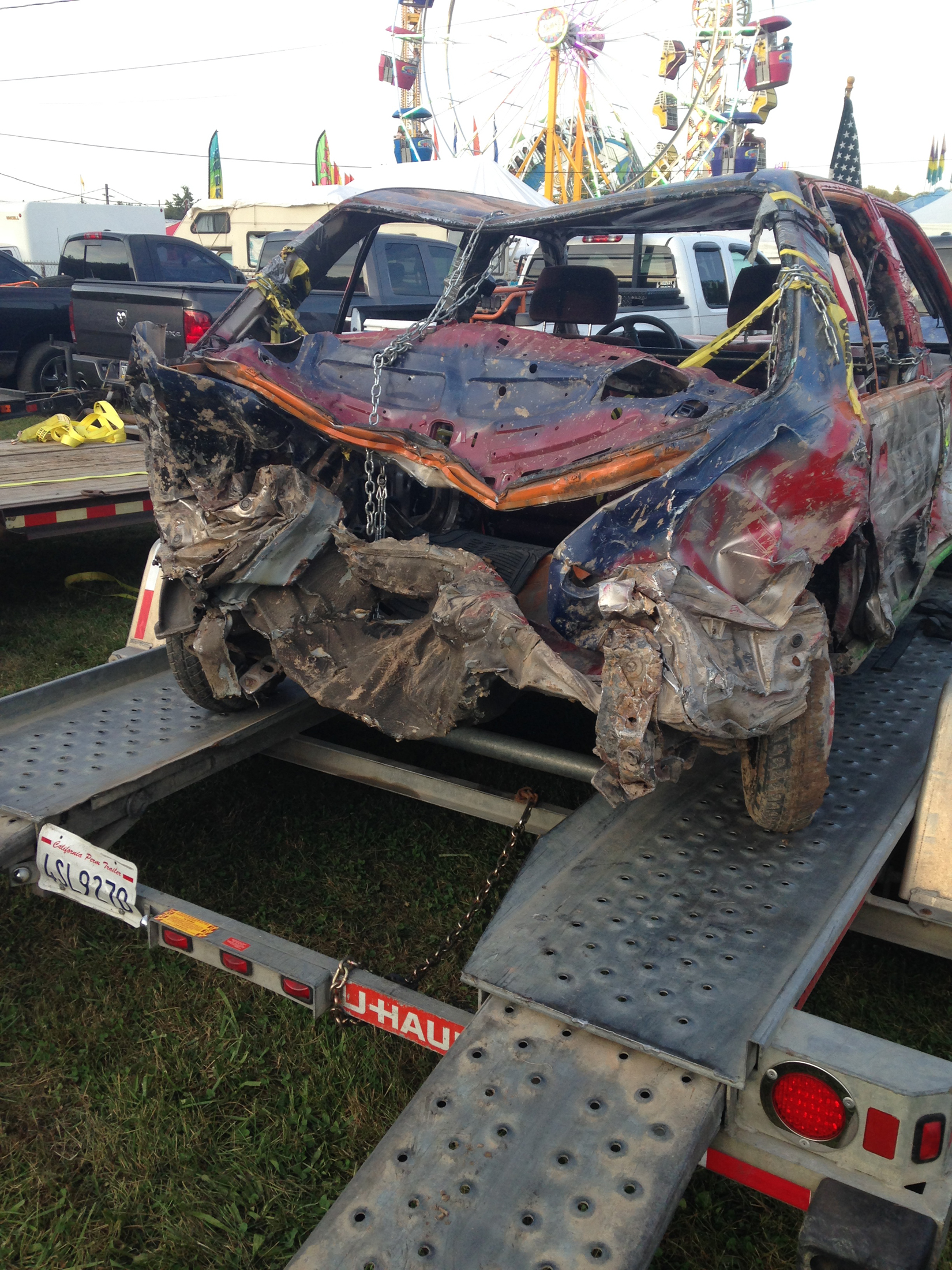
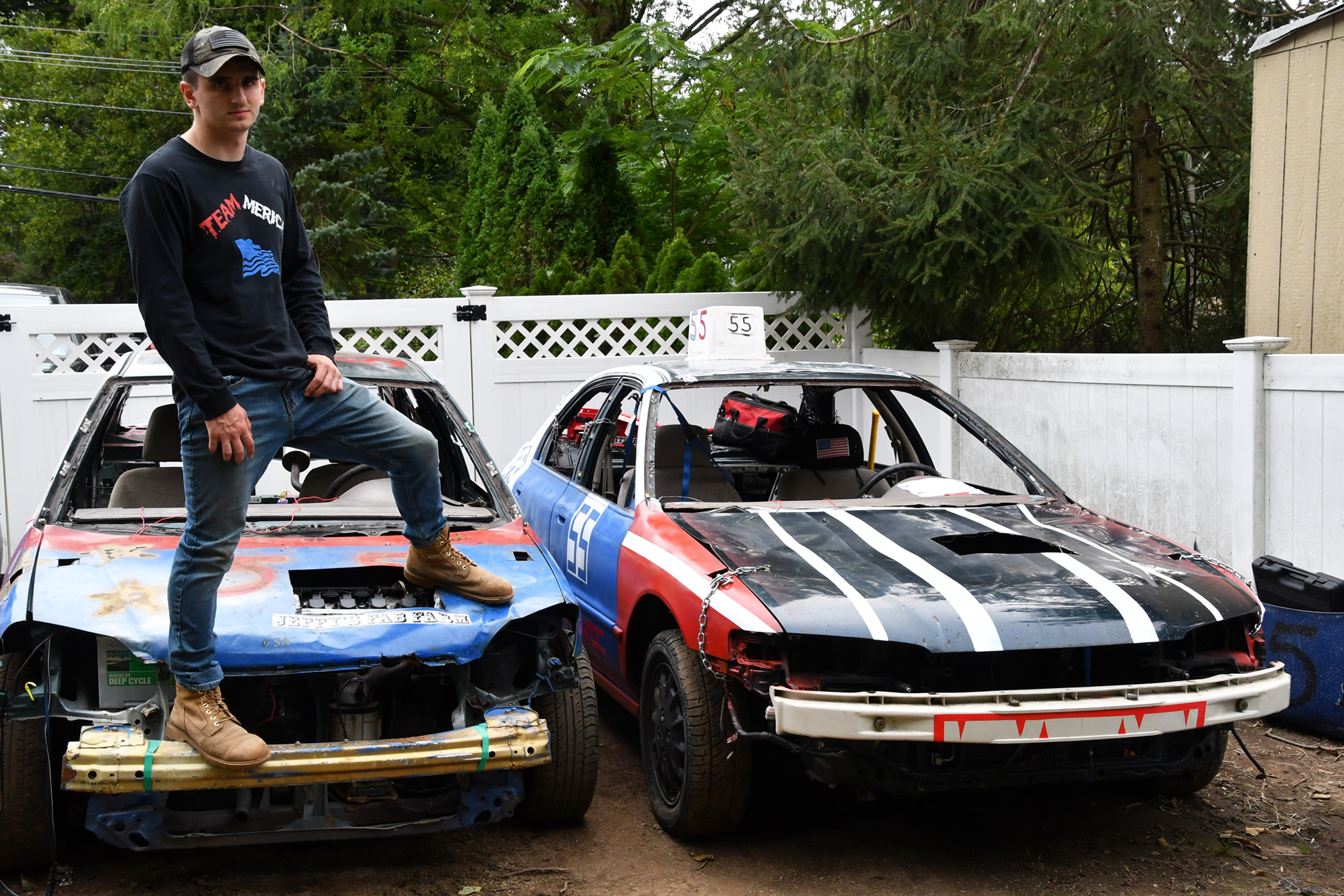


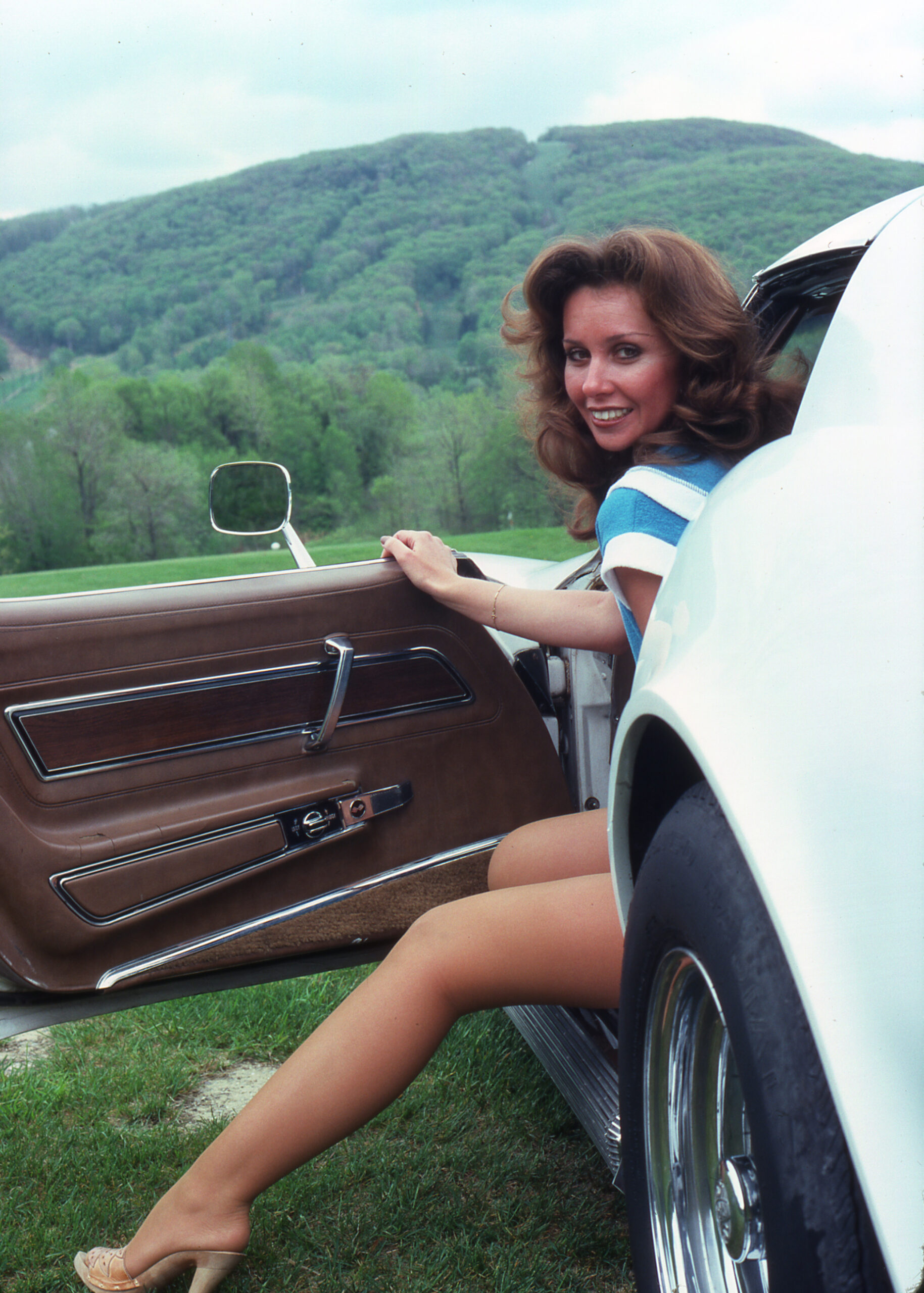

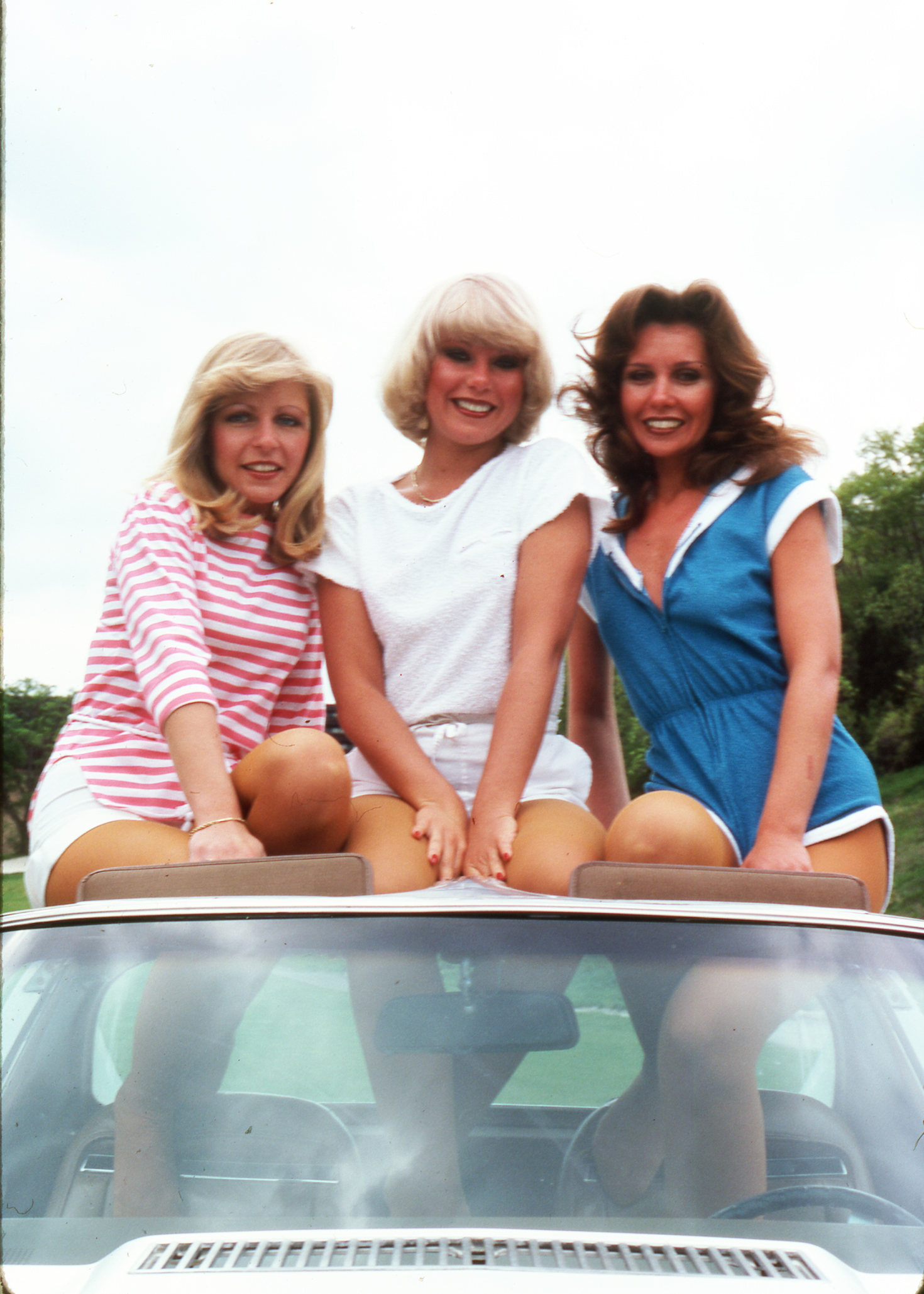 Bunny interviewing and supervision clearly qualified as woman’s work performed by the Playboy Club Bunny Mother. At that time at Great Gorge, Bunny Mother and former Bunny Sandra Schiffer ruled the hutch and made the decisions. Years later Ms. Schiffer’s daughter would follow in her mother’s Bunny tracks as a Playboy Bunny. At the interview a Bunny Mother selected from a large number of applicants with an eye to proportions and confidence that those chosen would maintain the Bunny image of the doe-eyed, adrenaline generating girl-next-door with lady-like discretion and the iron will of a Buckingham Palace Guard.
Bunny interviewing and supervision clearly qualified as woman’s work performed by the Playboy Club Bunny Mother. At that time at Great Gorge, Bunny Mother and former Bunny Sandra Schiffer ruled the hutch and made the decisions. Years later Ms. Schiffer’s daughter would follow in her mother’s Bunny tracks as a Playboy Bunny. At the interview a Bunny Mother selected from a large number of applicants with an eye to proportions and confidence that those chosen would maintain the Bunny image of the doe-eyed, adrenaline generating girl-next-door with lady-like discretion and the iron will of a Buckingham Palace Guard.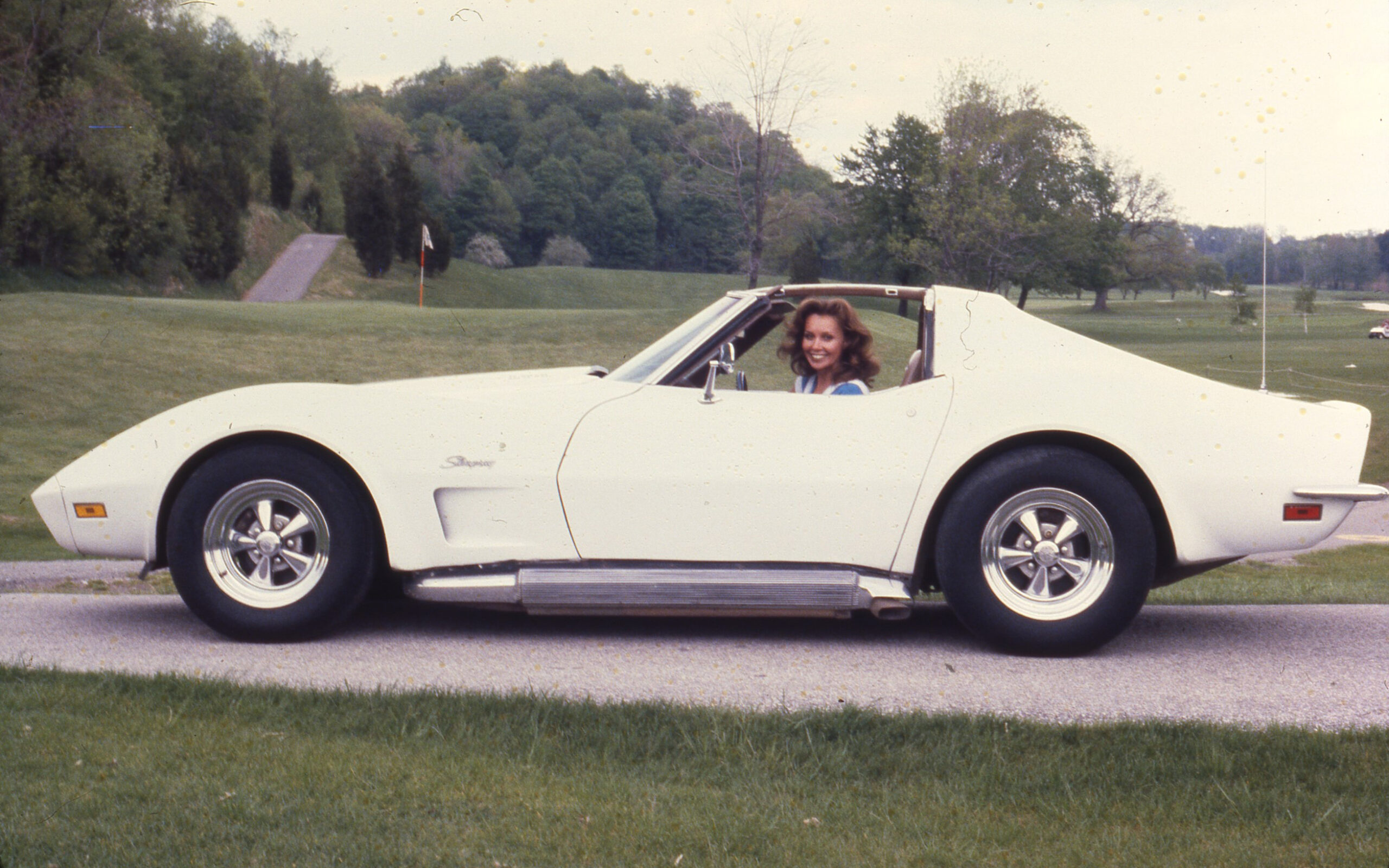 accessory. The day moved on till our work was done. I thanked them for their time, effort and grace.
accessory. The day moved on till our work was done. I thanked them for their time, effort and grace.